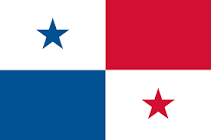
Visa and entry requirements Panama:
Passport required
No visa is required
Information from the Foreign Office about your trip to Panama:
https://www.auswaertiges-amt.de/de/panamasicherheit/206378
Panama is a country in Central America with around 4.2 million inhabitants. The country borders Costa Rica to the west, Colombia to the east, the Caribbean Sea to the north and the Pacific Ocean to the south.
The small Central American country is world-famous for its famous Panama Canal, which runs through the entire country and connects the Caribbean with the Pacific. Thanks to its canal, Panama is one of the wealthiest countries in Latin America.
The official language of the country is Spanish and the currency used is the Panamanian Balboa, which is traded at a ratio of 1 to 1 to the US dollar.
The largest cities in the country include Panama City, Cristobal,
San Miguelito, Las Chumbres, La Chorrera, Tocumen, Pacora, Colon, Arraijan, David, Chitre and Vista Alegre.
The population of Panama professes the Christian faith at 88%.
About half of Panama's entire territory is covered with forest. The highest peak in the country is the “Volcan Baru” mountain at 3,477 meters. The archipelago “Bocas del Toro” in the northwest, with its white beaches, is one of the most popular tourist destinations in Panama.
The northeastern Caribbean coast with the island of El Porvenir is the territory of the Kuna Yala Indians, who therefore have recognized autonomy within this region.
The east of the country is very dangerous in the border area with South American Colombia because Colombian drug traffickers and smugglers took control of this area years ago.
The most important source of income in Panama's economy is the Panama Canal and everything related to it. In addition, the registration of international ships is another significant source of foreign exchange. Almost every fifth ship sailing the world's seas is registered in Panama. The reason for this is the low taxes in the country and a fairly simple registration process.
Another profitable industry is fishing with the export of crabs and shrimps. In the industry, insignificant amounts of salt, gold and silver are mined. In agriculture, bananas, sugar cane, rice, pineapple, coffee and corn are mainly grown for domestic use.
Panama is also world-famous for its many offshore businesses and its large banking system.
Panama City, with around 850,000 inhabitants, is the capital and seat of government of the Central American state. The modern city on the Pacific coast, east of the Panama Canal, is the country's political, economic, cultural and tourist center. Most of Central America's high-rise buildings over 200 meters high are located in the skyline of the canal city on the Pacific.
The global metropolis Panama City is now an important banking and offshore center. Few other places in the world have more international bank branches than the capital of Panama. Due to the country's very liberal tax policy, over 120 different global banks have settled in Panama City.
The most important sights in the capital include the Panama Canal with its Miraflores and Pedro Miguel locks, the old city district “Casco Viejo”, the ruined city of Panama la Vieja, the House of Worship, the Presidential Palace, the Calzada Dam, the zoo, the botanical Garden, Metropolitan Cathedral, Panama City Skyline, Francis Assisi Church, Supreme Court, Centenary Bridge, Avenida Balboa, Bolivar Square, Cathedral Square, Bolivar Palace, Independence Square, the Quarter “Mi Pueblito”, Tomas Herrera Square, Plaza Mayor and the Hindu Temple.
So far I have traveled to Panama City five times. On my first visit in June 2014, I came by bus all the way overland from San Jose, Costa Rica. During the 16-hour drive, I got a great overview of the great landscape of Panama.
Unfortunately, it rained the whole time during these three days, so I wasn't able to go on any other excursions apart from the city tour. However, I visited the famous Miraflores lock, not far from the city center, even despite heavy rain. It was a very interesting trip to visit the world-famous Panama Canal once in your life. The entire facility is very impressive, including the speed at which the huge ships are transported. As you can clearly see in my photos, a huge black thunderstorm came up during my time at the Miraflores lock. During this time the lock was even closed to all visitors.
After this visit to Panama, I flew indirectly to the World Cup in Brazil. Due to a flight cancellation at the Panama-Tocumen airport with the local Copa Airlines, I was given a new, quite funny flight connection on site. Via Quito, Guayaquil, Santiago de Chile and Sao Paulo, after 44 hours of travel, I reached the first German venue, Salvador de Bahia, just in time. This was my longest flight in one go in my entire travel career. However, I have already had six sections.
I still look back on my visit to Panama in July 2017 with great horror. At that time I had an eight-hour stay in the city, came from Halifax in Canada and wanted to travel on to the Colombian Caribbean island of San Andres.
In order to do something useful in my free time, I took a taxi into the city and first wanted to buy the usual souvenirs from the “Hard Rock Cafe” for a friend. After shopping for the things he wanted, I realized that I had forgotten my carry-on suitcase in the taxi with all the important items and documents except my credit card. After a huge shock and a brief panic, I now thought about the most logical way to get my suitcase back. The best option seemed to me to take a taxi back to the airport and look for my specific car at the same point where I left before. Shortly before arriving at the airport, I really started sweating because the taxi driver with my suitcase could actually be anywhere in the big city by now.
After just about five minutes at the central taxi departure point at Panama-Tocumen Airport, I actually found the right car. And because the white taxis actually all looked pretty similar, it was like a miracle for me. To this day I don't know which prominent spot helped me find the right taxi.
However, my urgently needed car was locked and without a driver. After a short inquiry and an explanation, the dispatcher responsible was able to find the driver of my taxi.
At that moment I was truly incredibly lucky, but it wasn't over yet. After the driver came to his car, he explained to me that he had left my suitcase at the hotel reception. He just thought I wanted to check into the Hard Rock Hotel on the previous trip. So I finally took the same route to the “Hard Rock Cafe” again with the same driver, for the same price, to pick up my hand luggage at reception. After this was finally successful, I felt incredibly relieved and definitely aged a few years. It would be unimaginable how things would have continued without my suitcase and without these explosive contents.
My eight-hour stay in Panama City had largely been wasted, so I immediately went inside the airport with my returned passport. After the successful check-in and the huge shock beforehand, I had to drink a beer in the lounge and later looked forward to my onward journey to San Andres.
On my other trips to Panama City, my stay was never more than a day. Therefore, I used the airport there more as an important hub, between the continents of Central and South America.

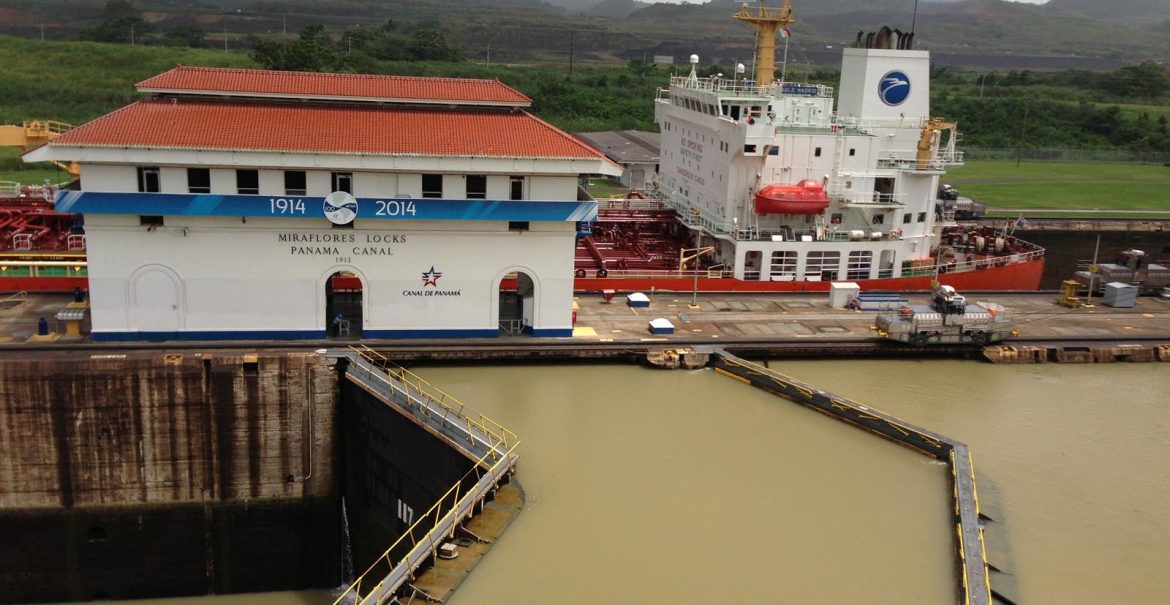

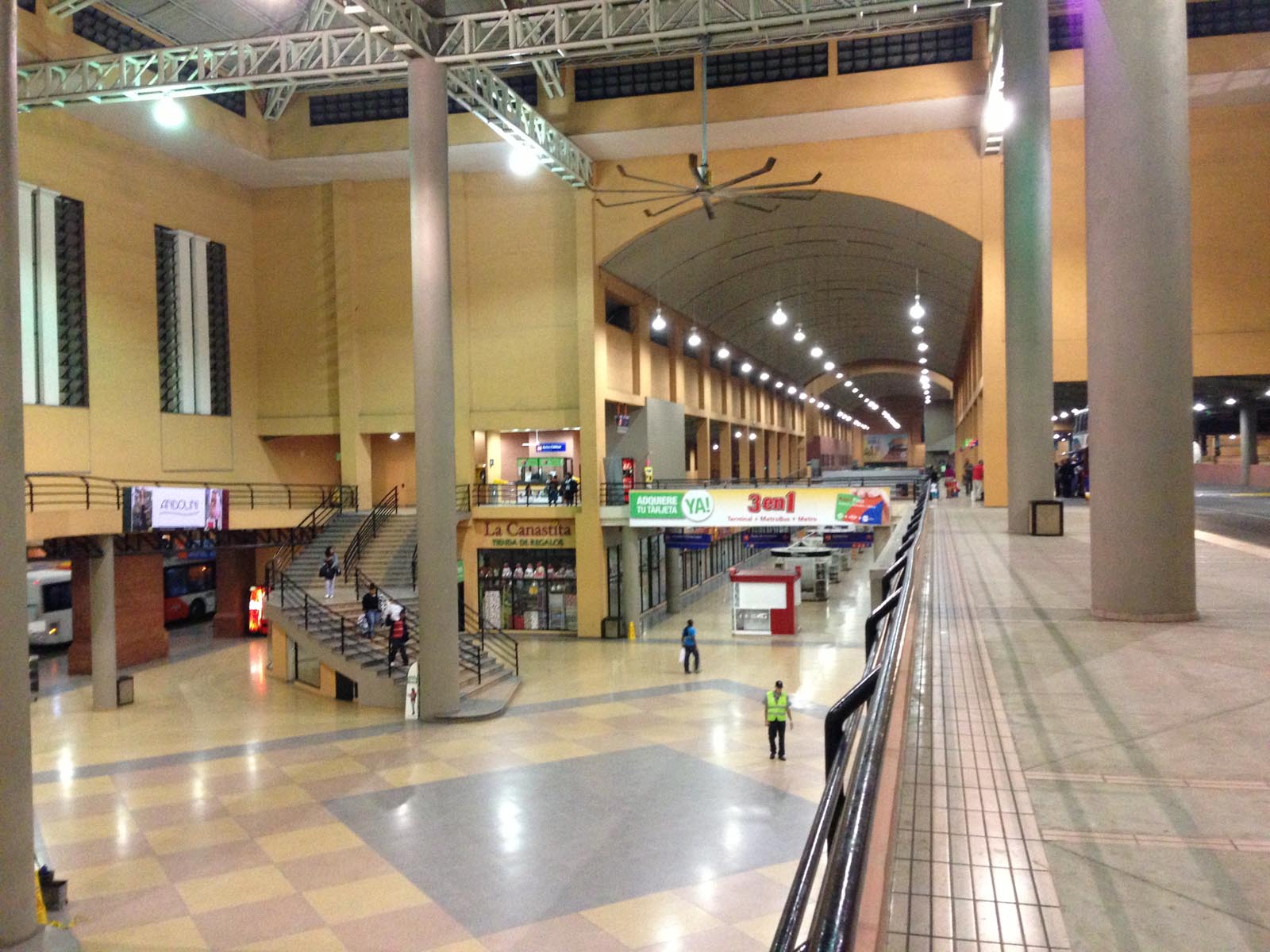

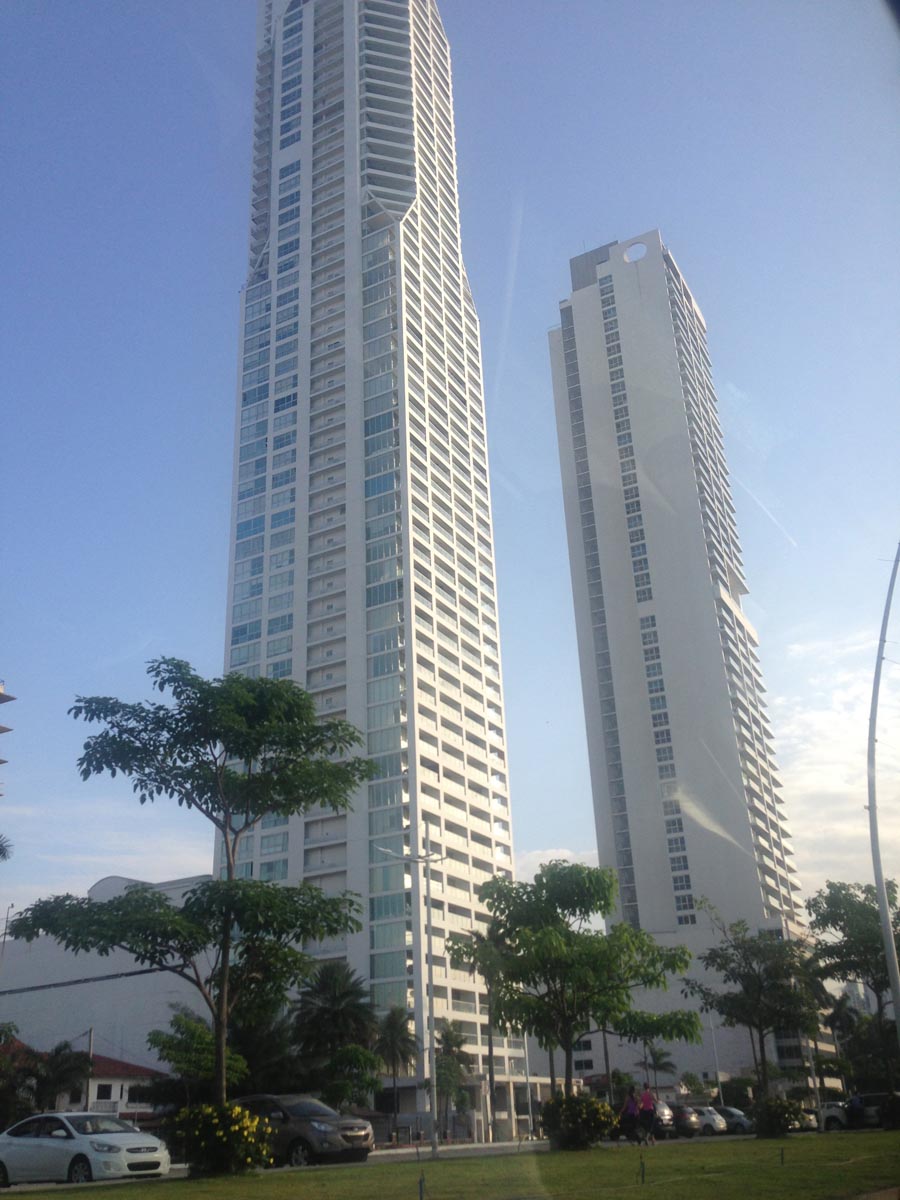
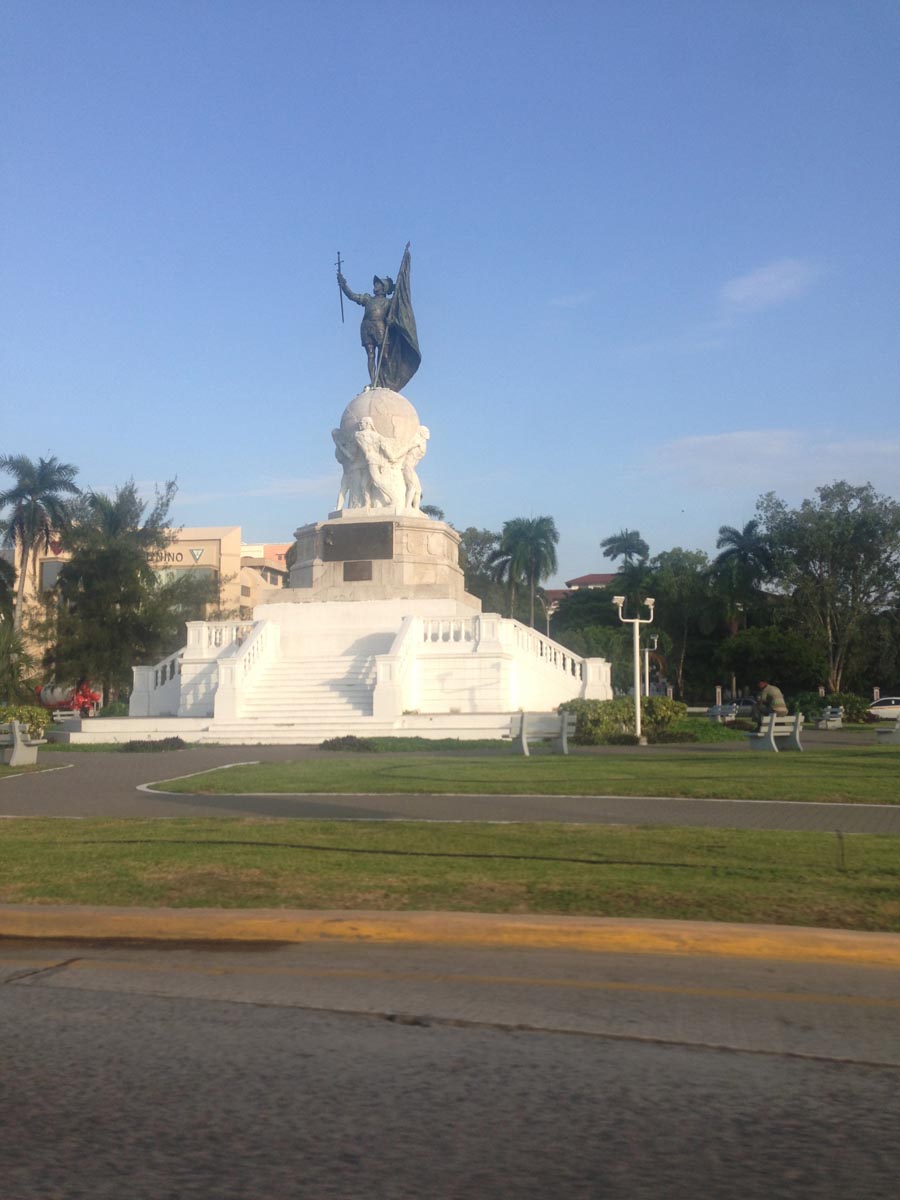
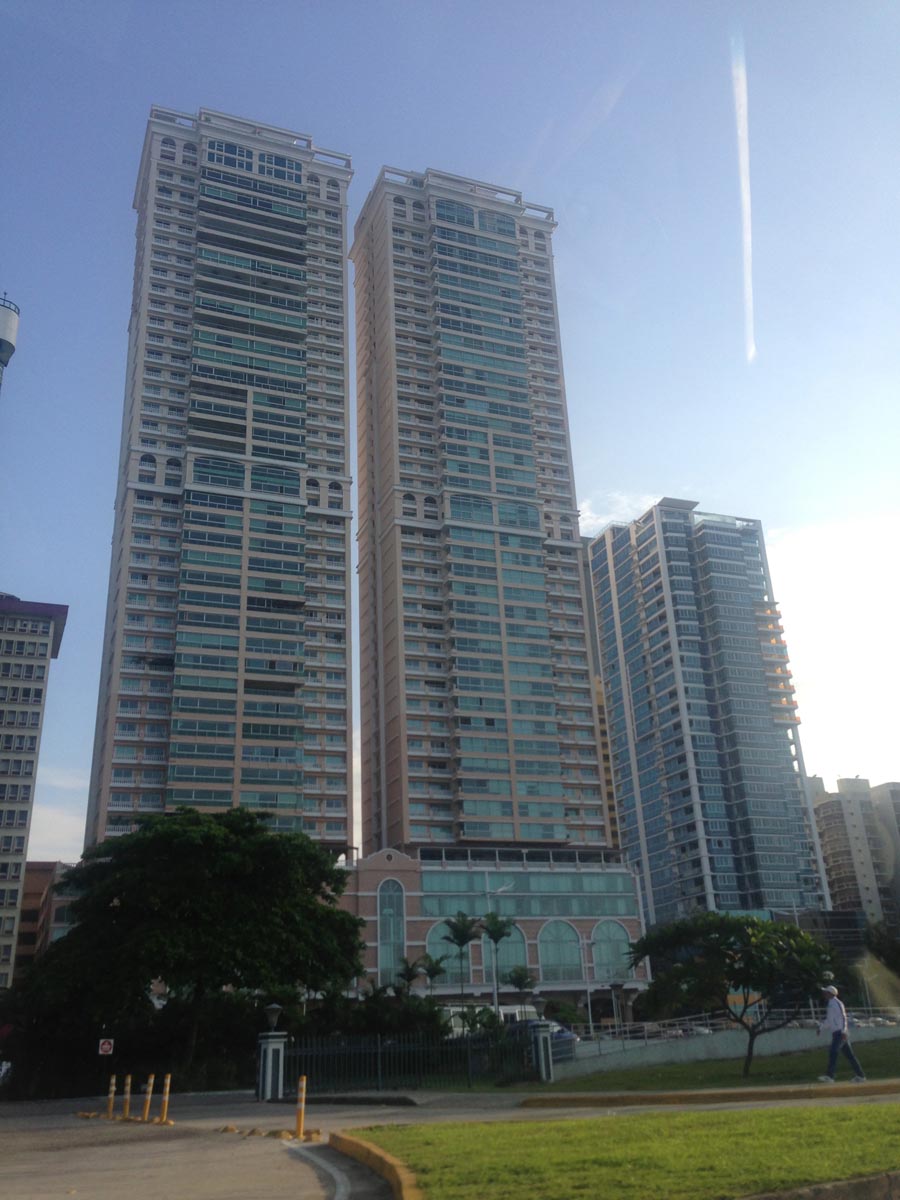
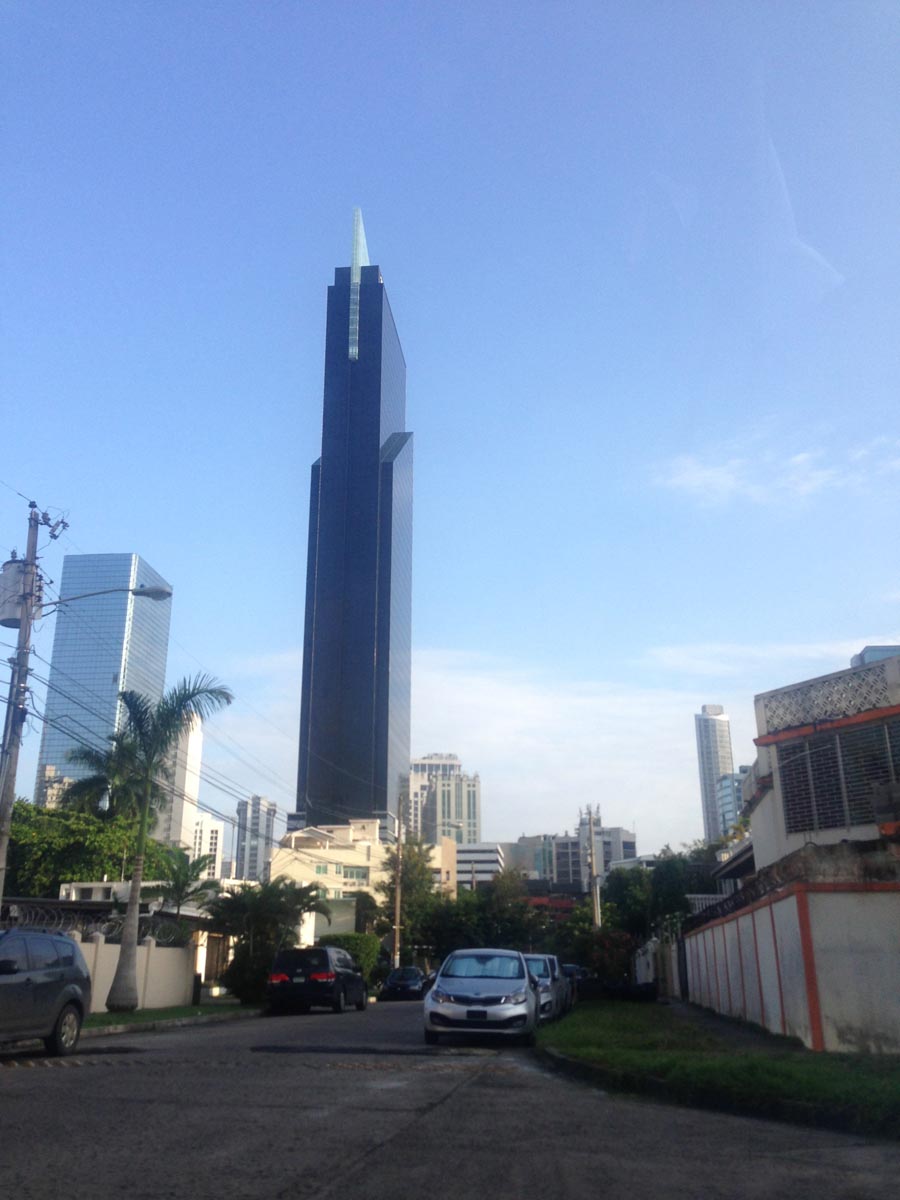
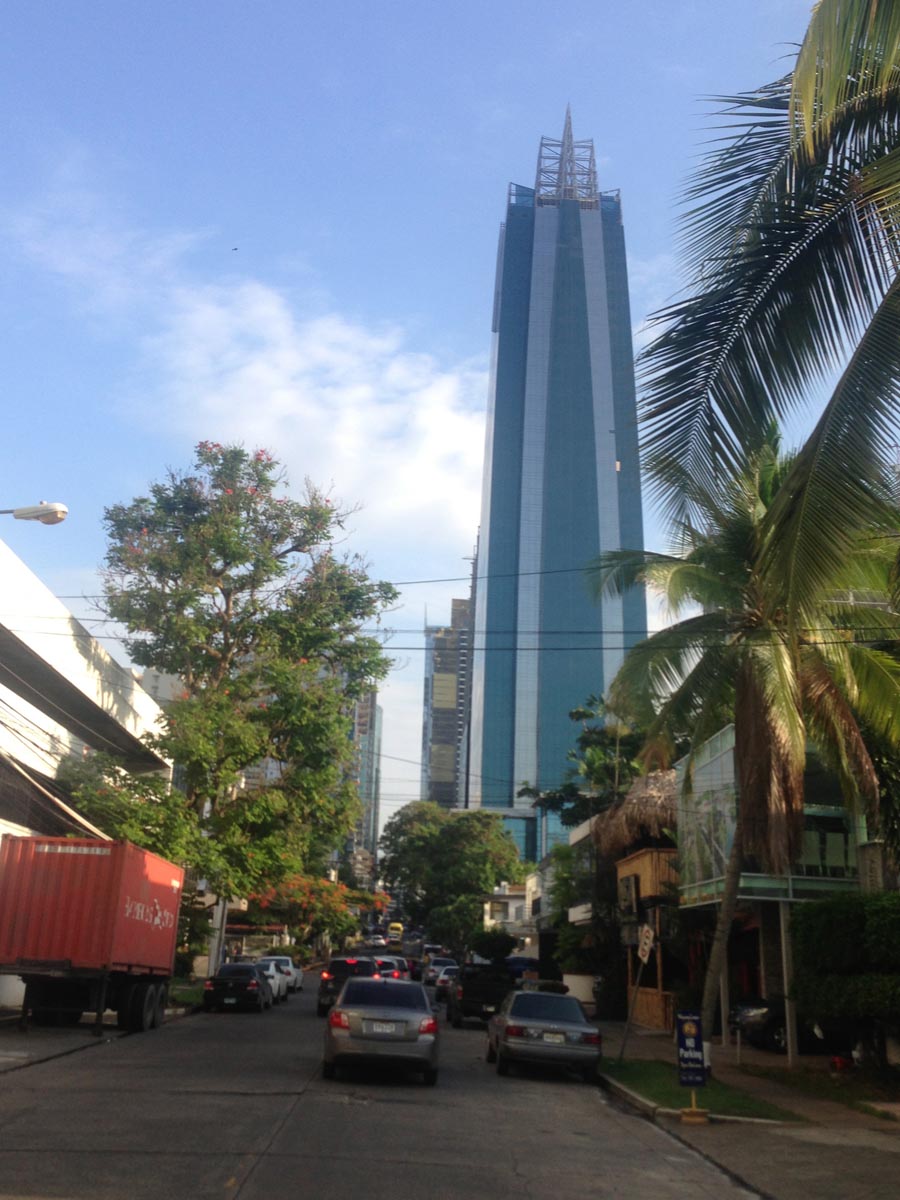
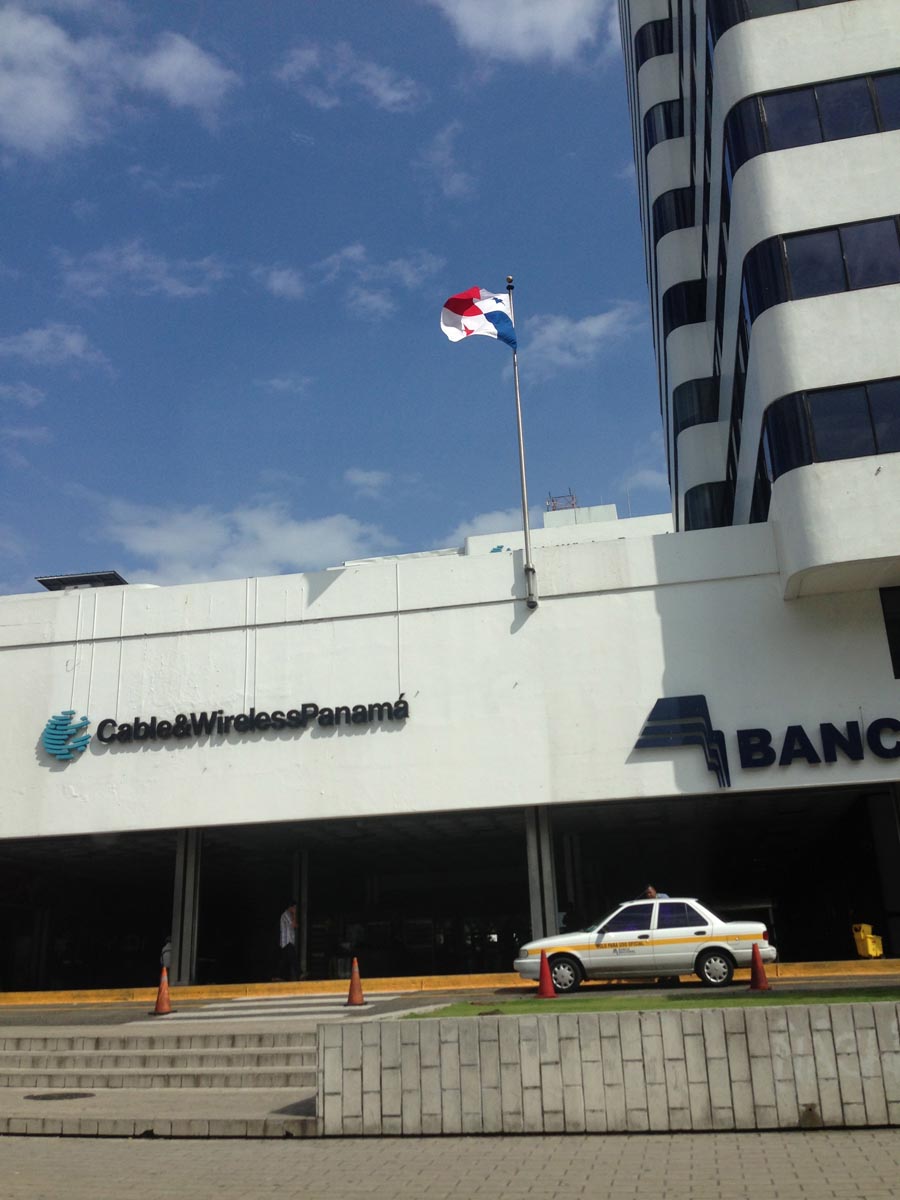
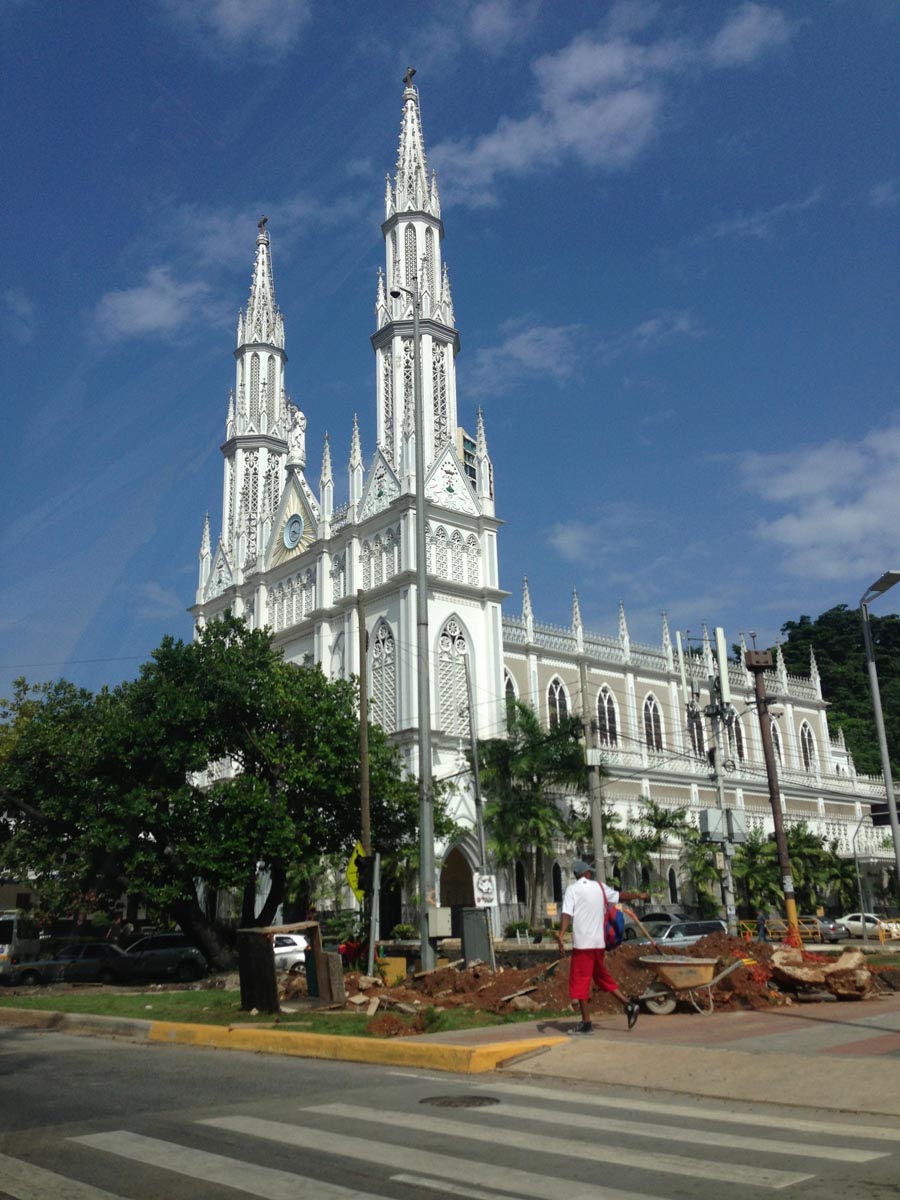

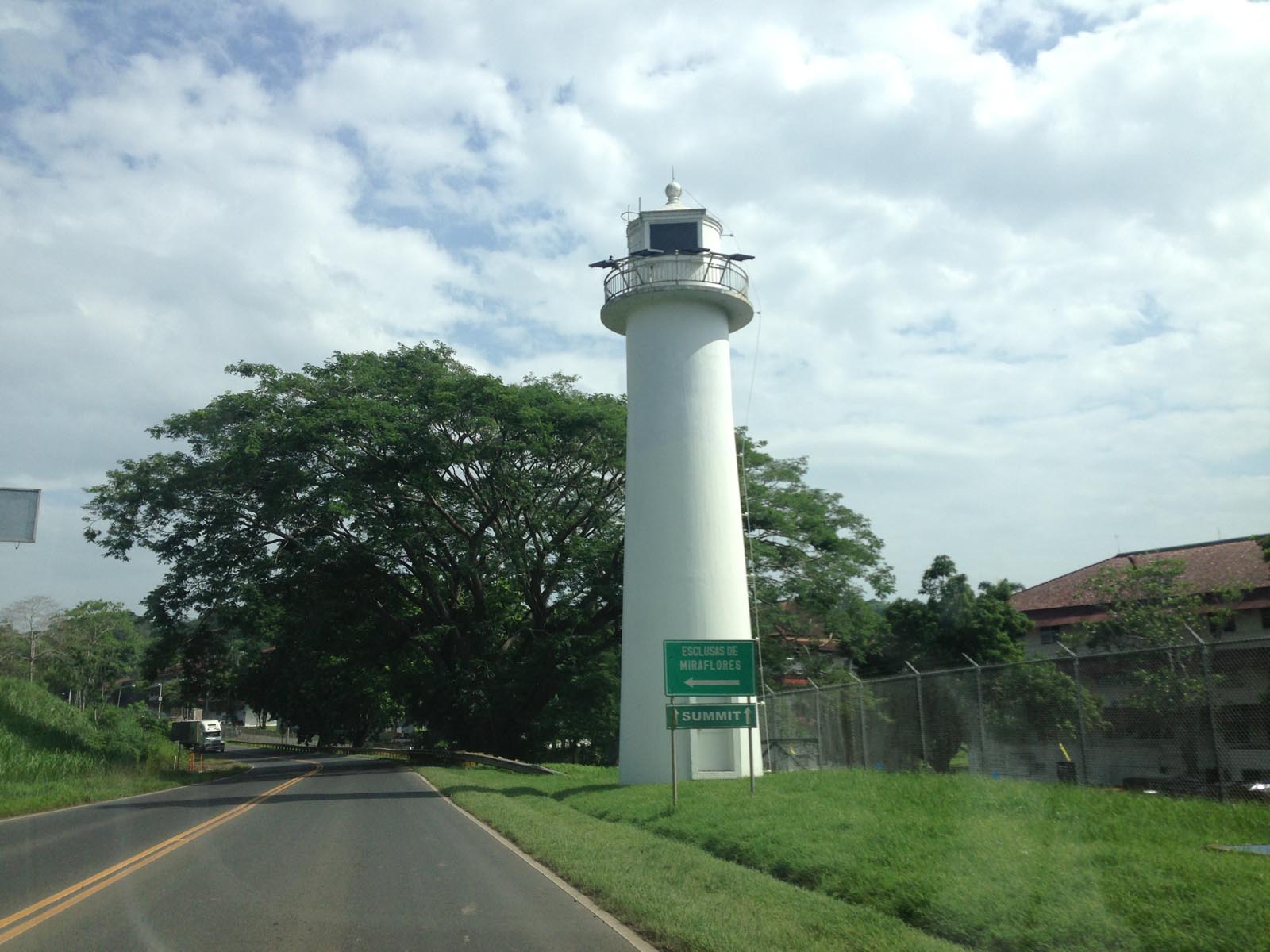
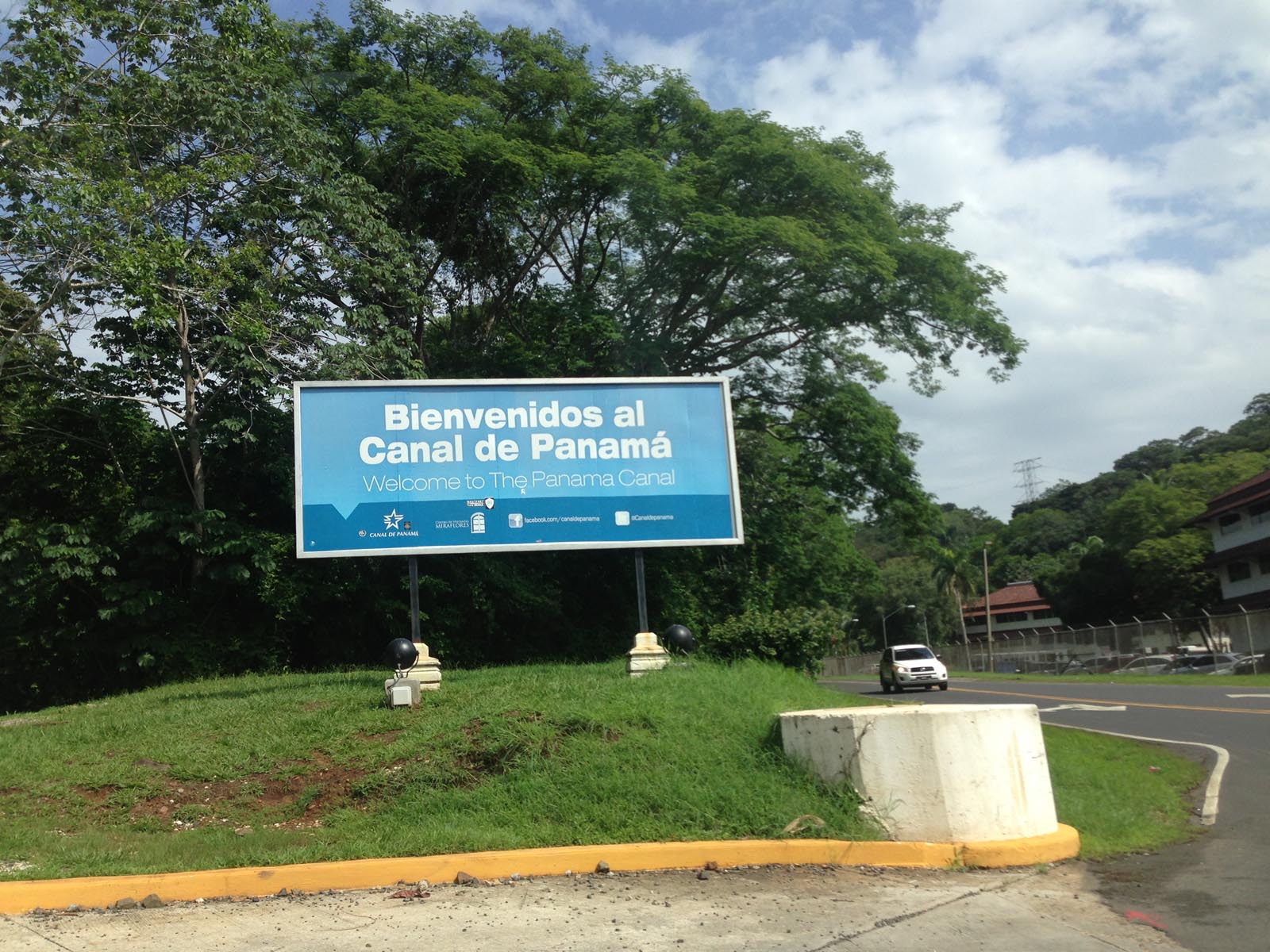
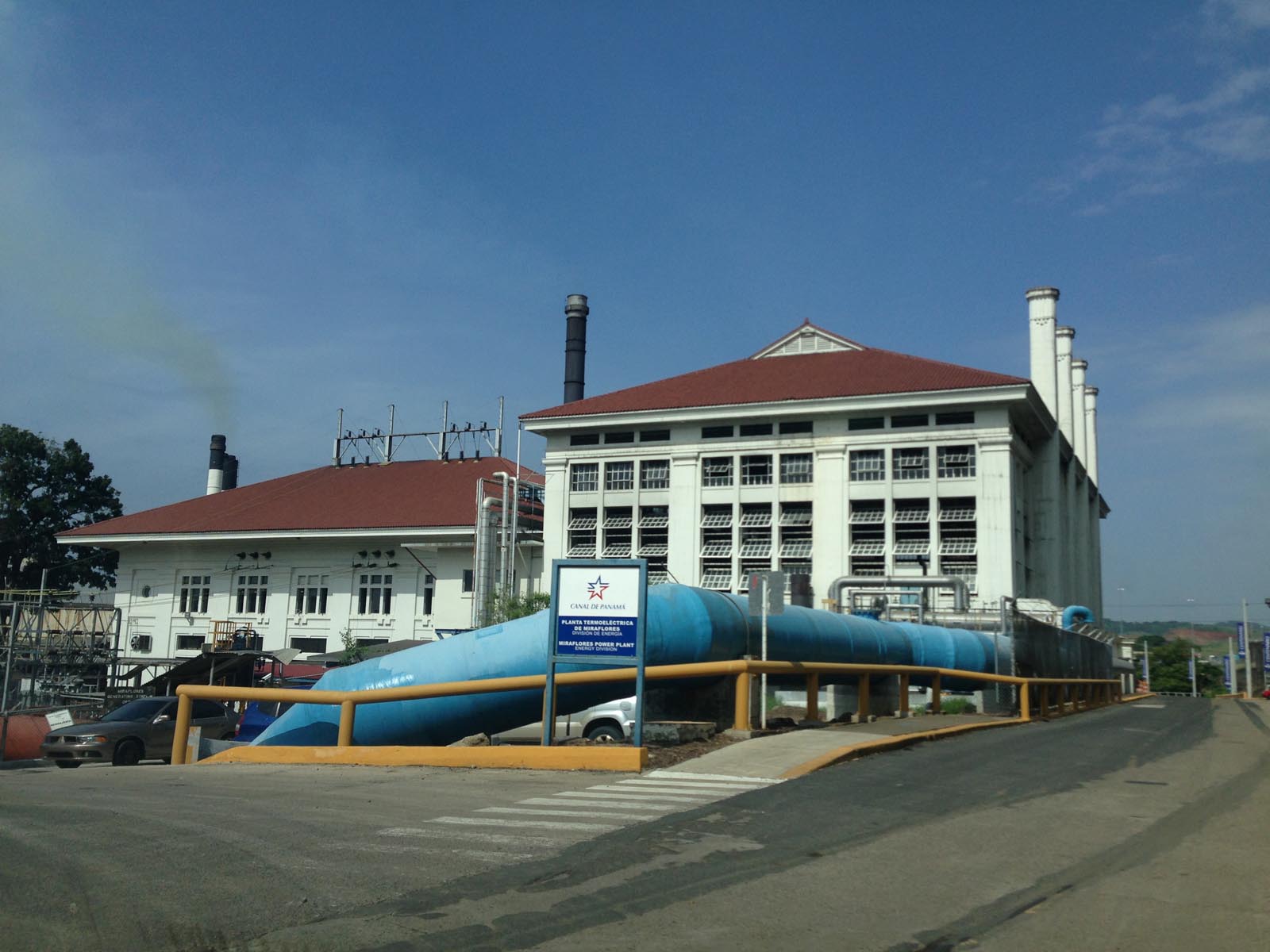
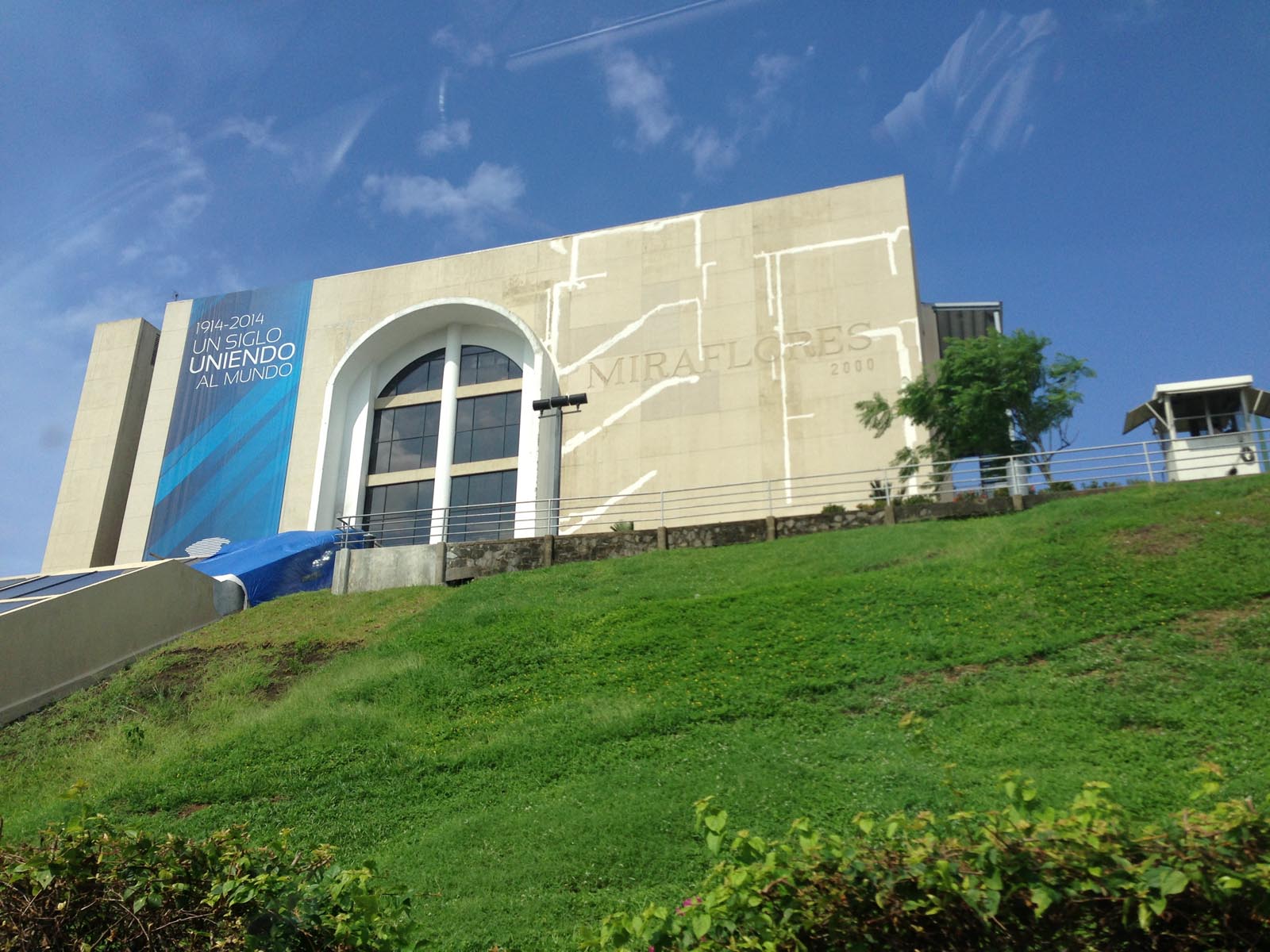
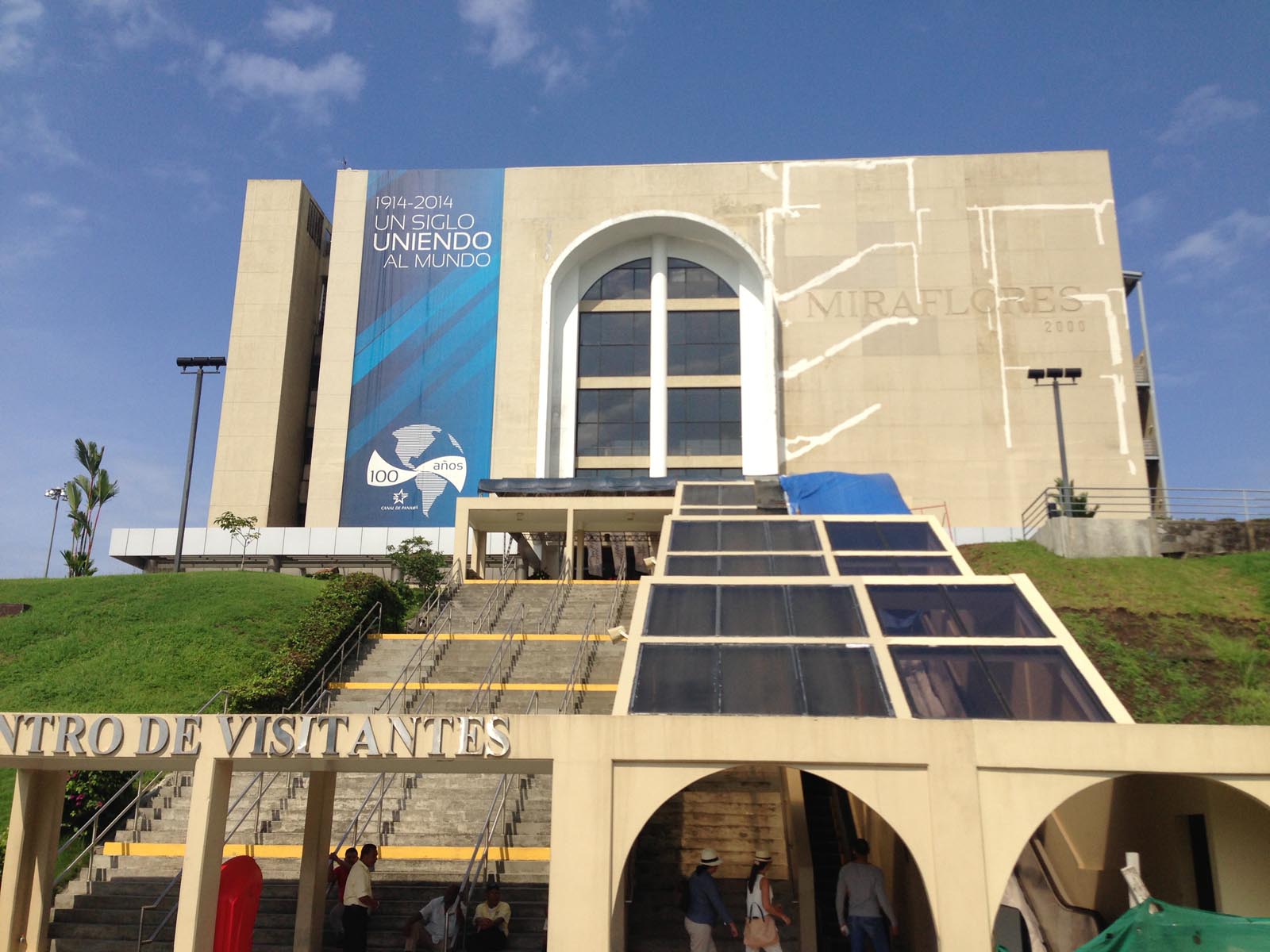
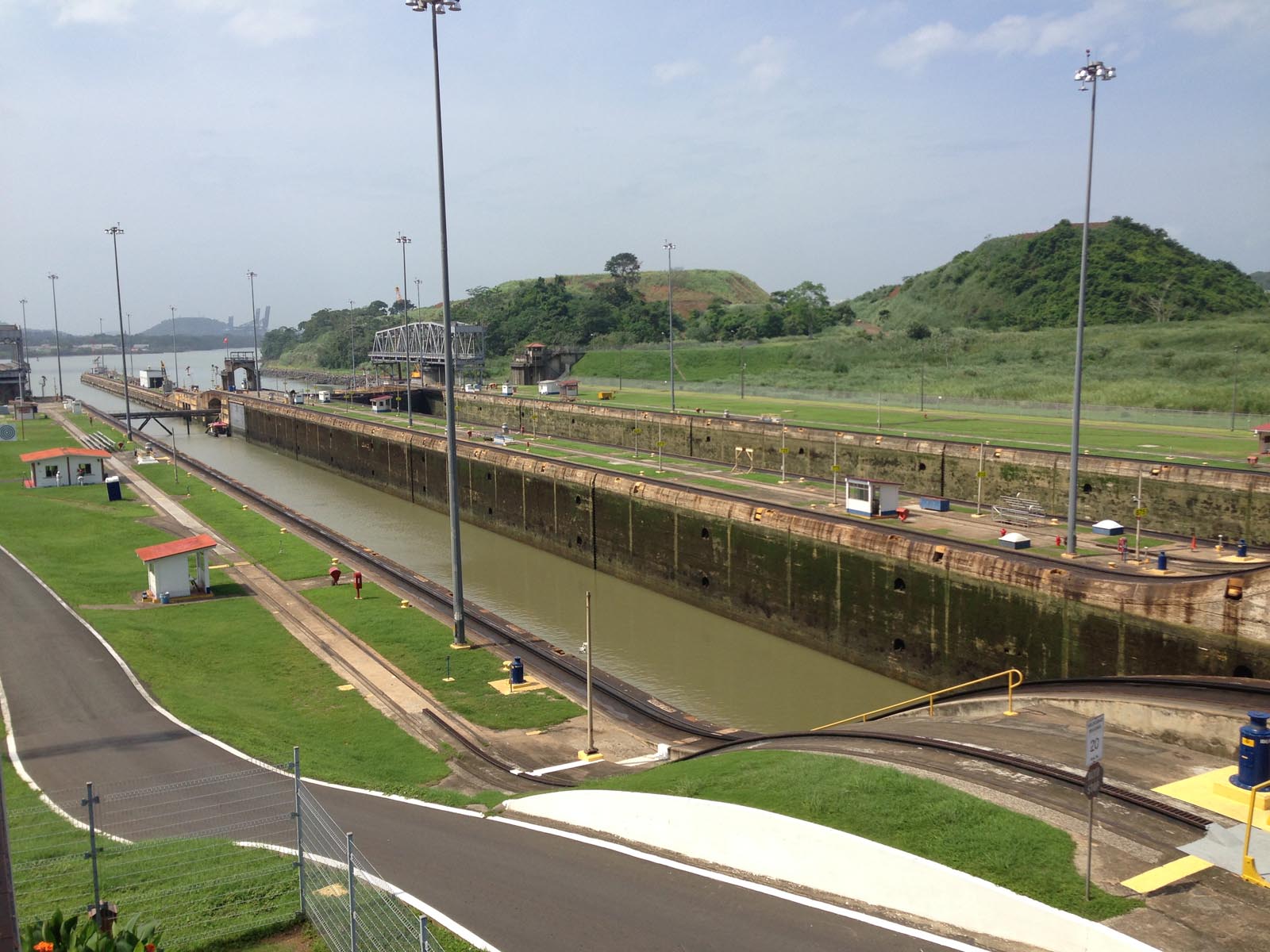
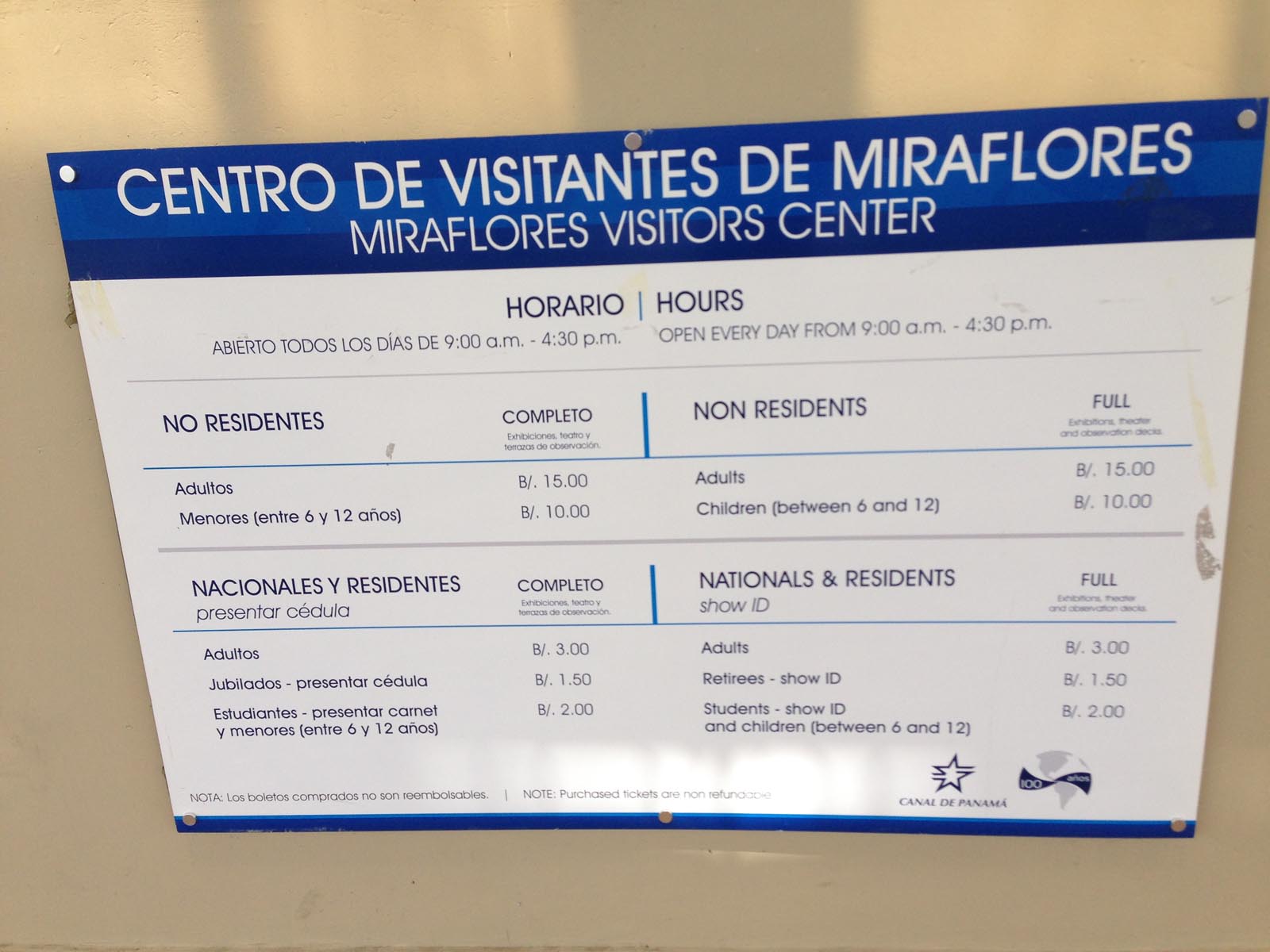
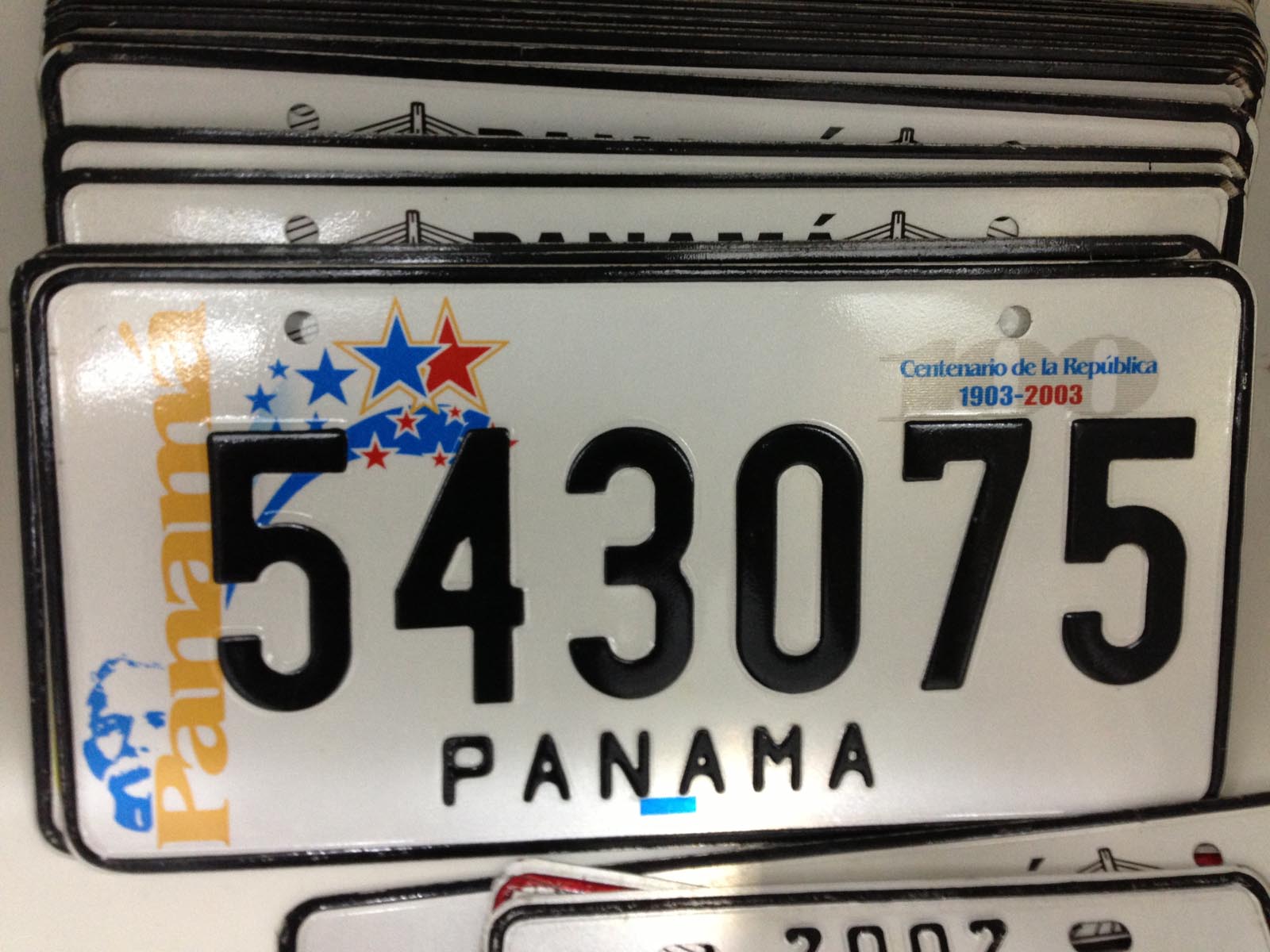
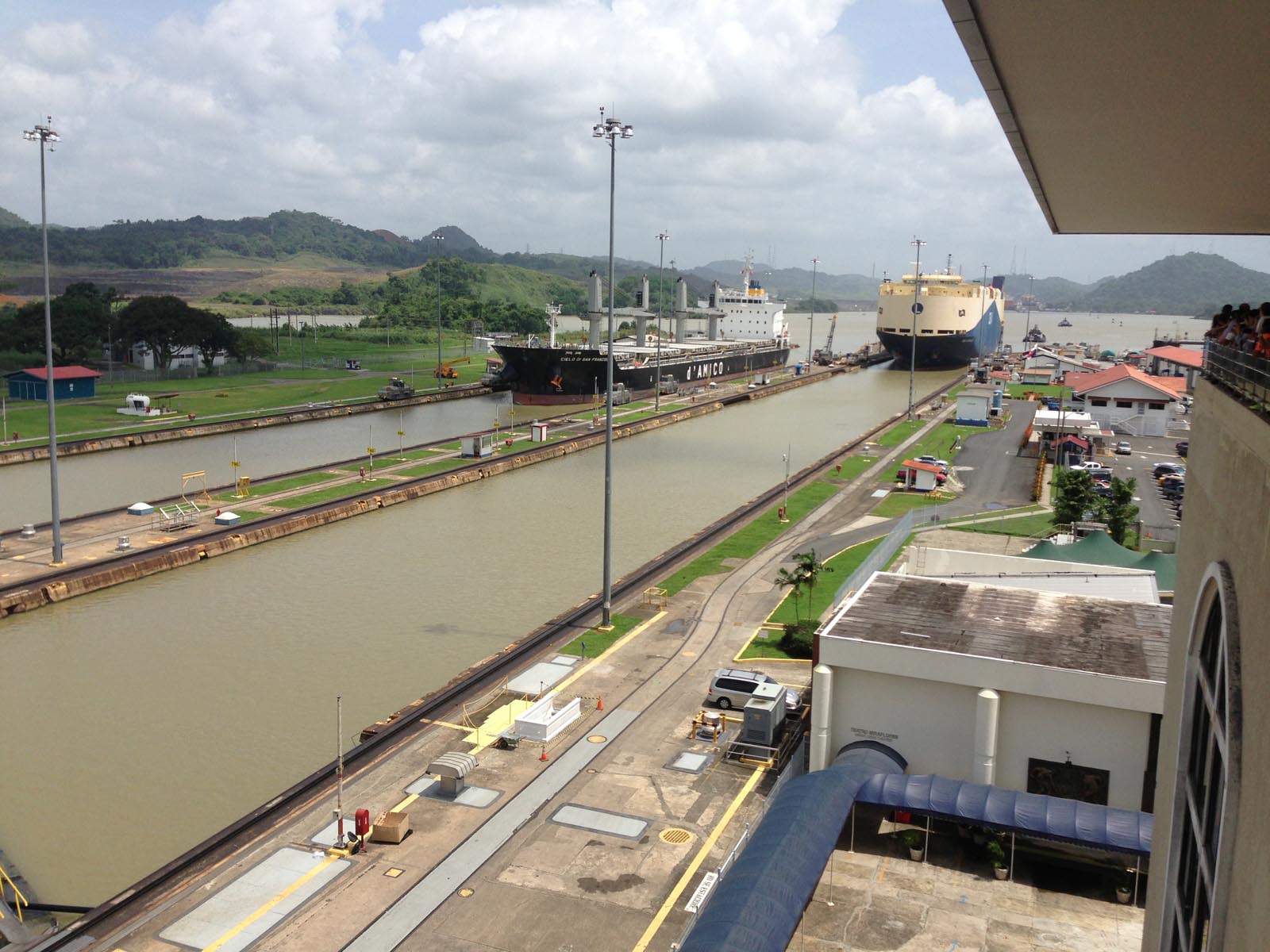

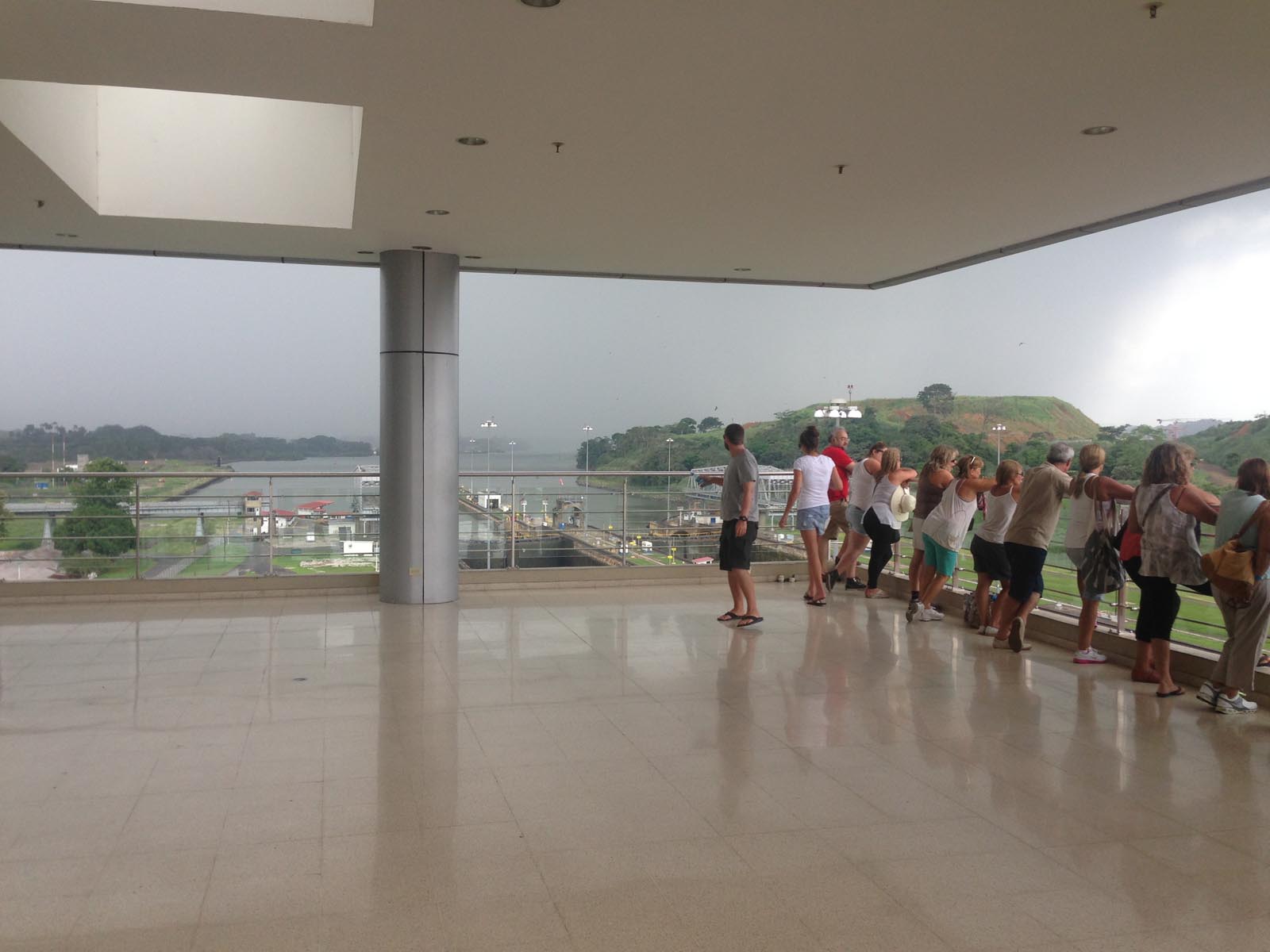
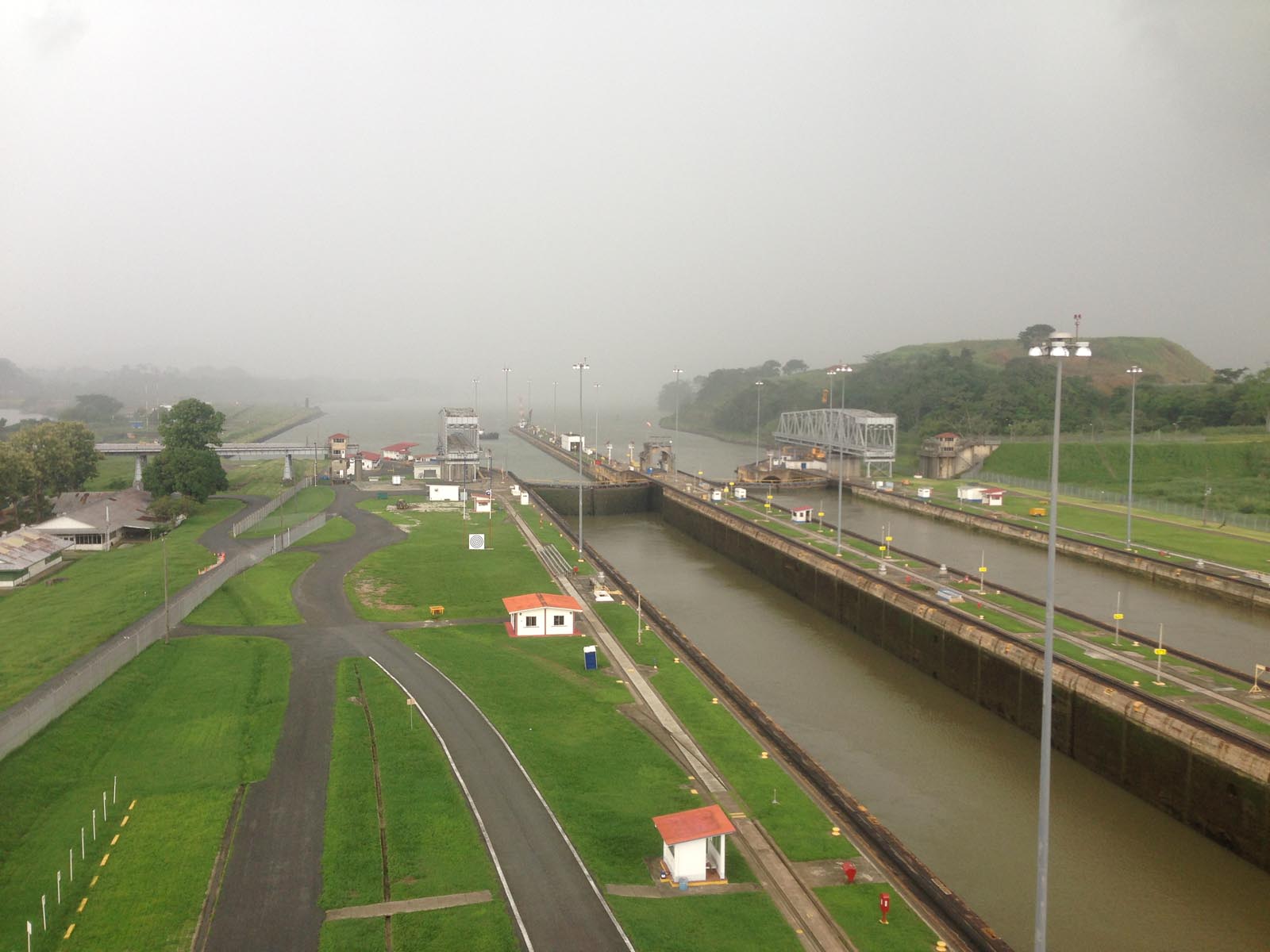

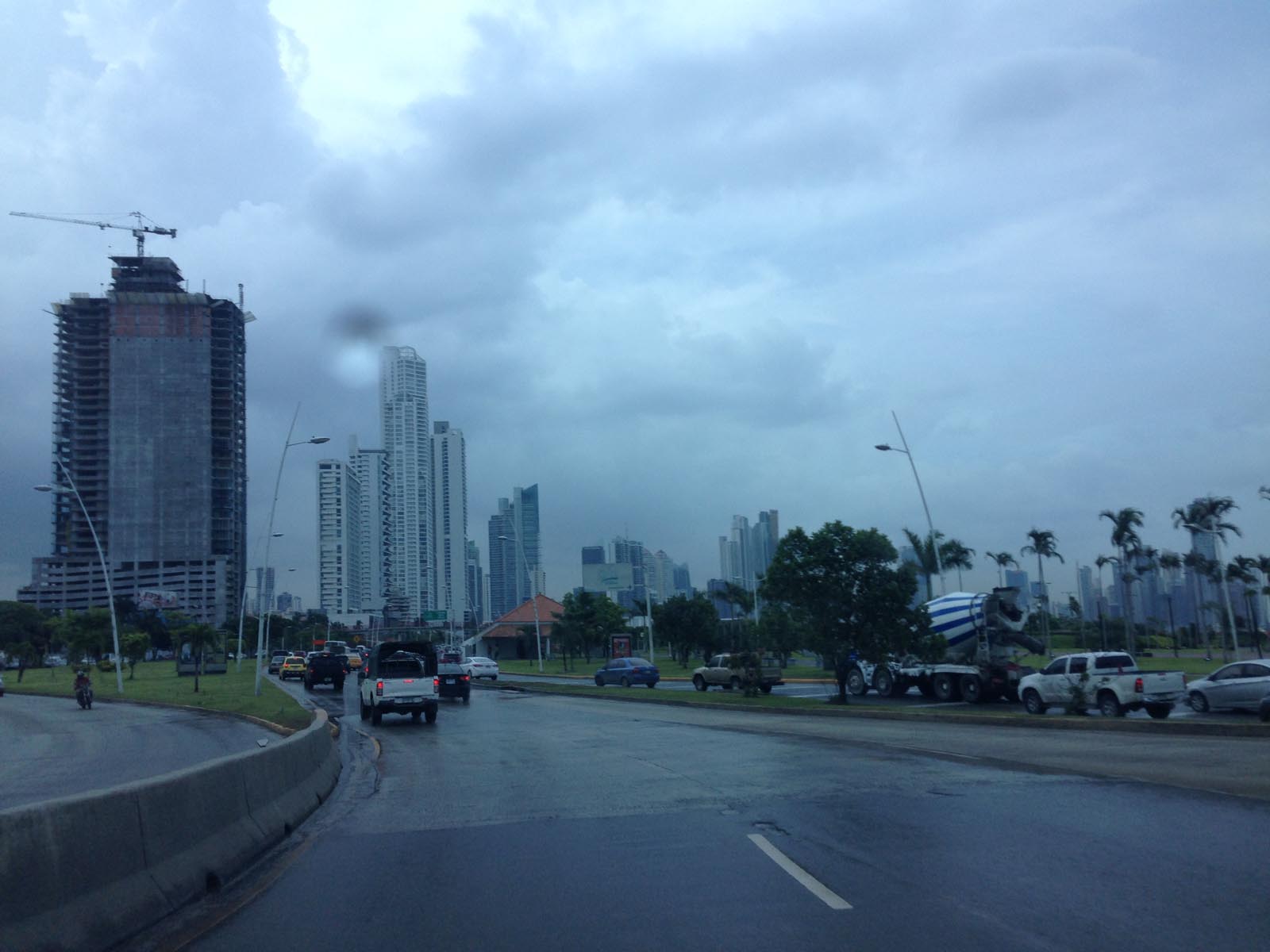
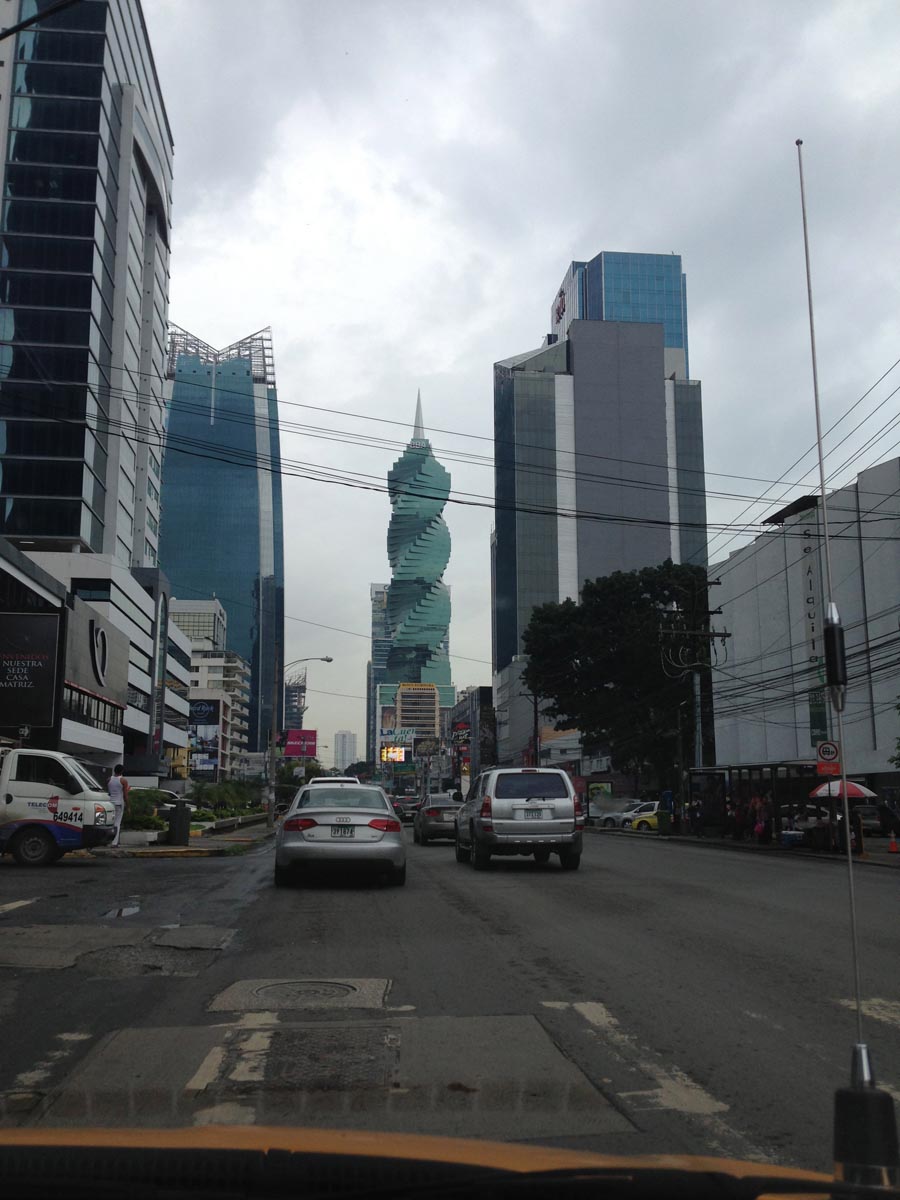
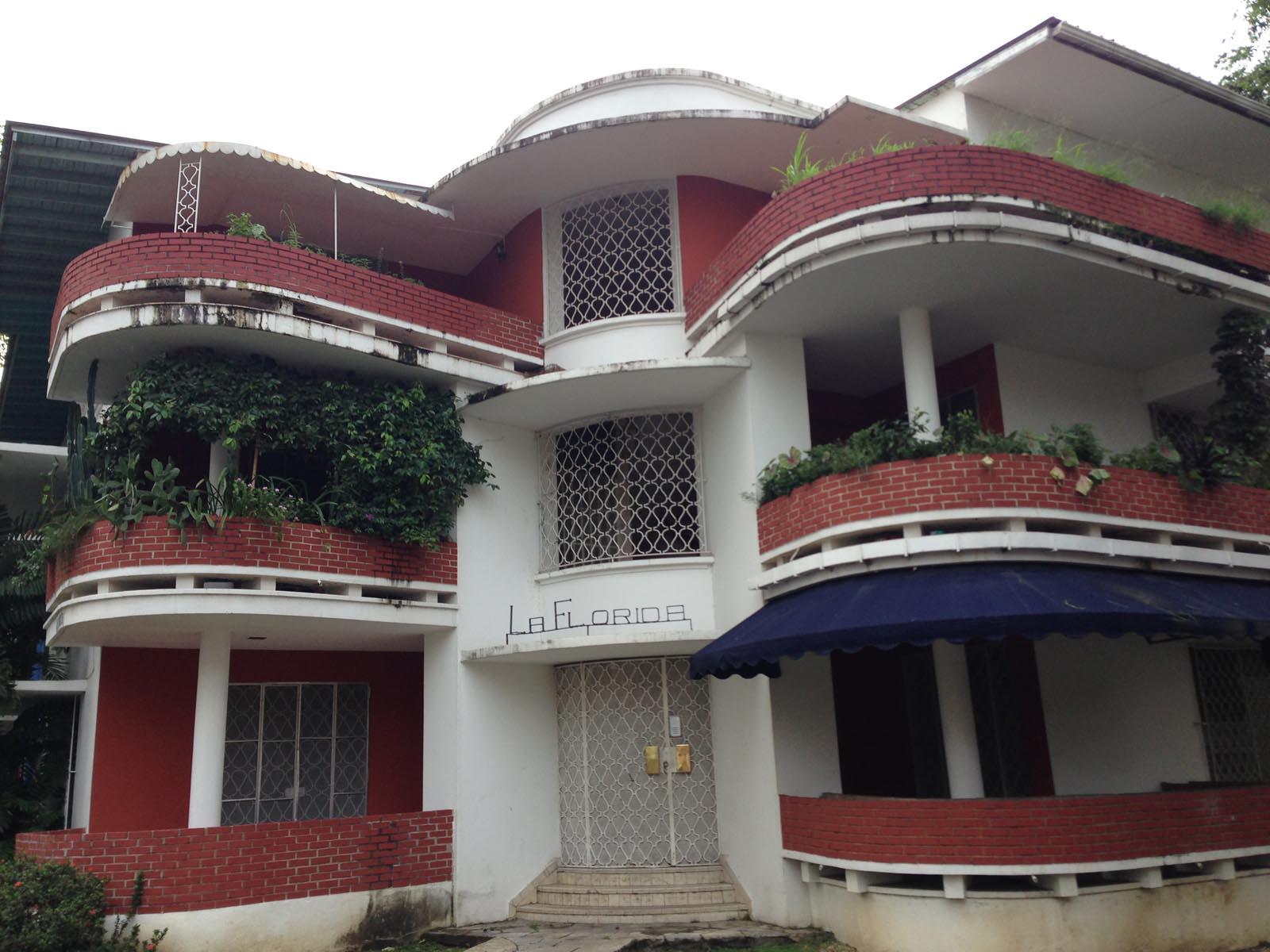
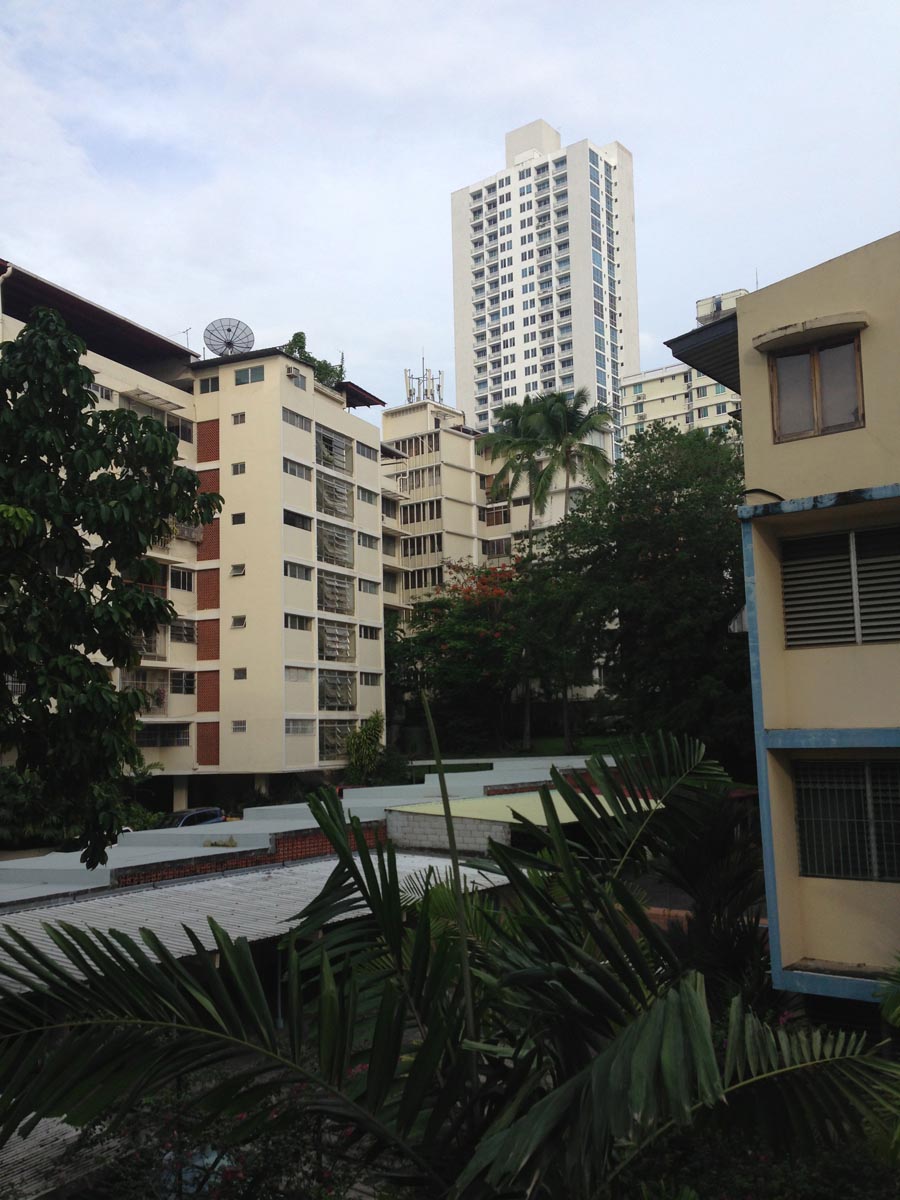
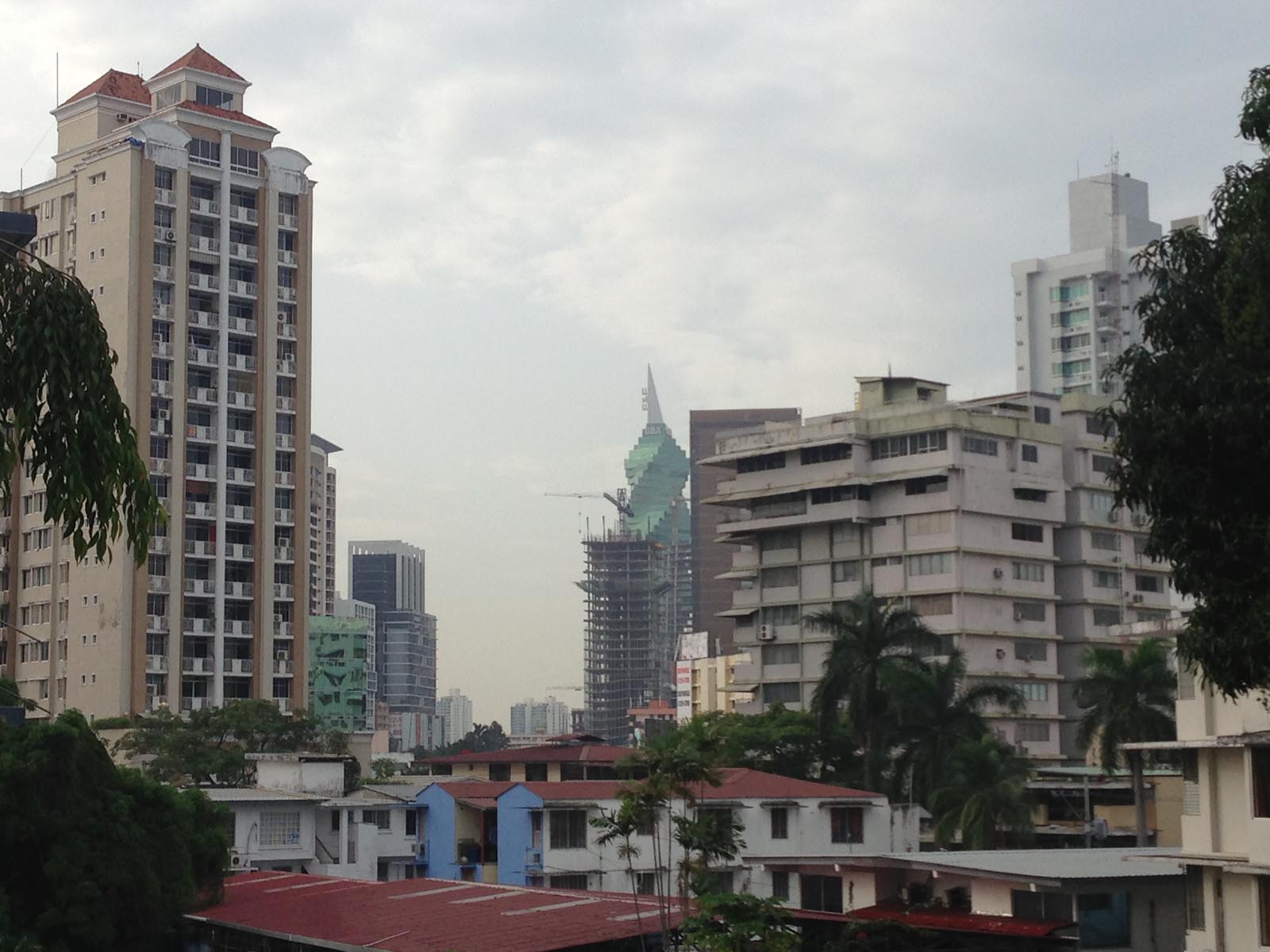

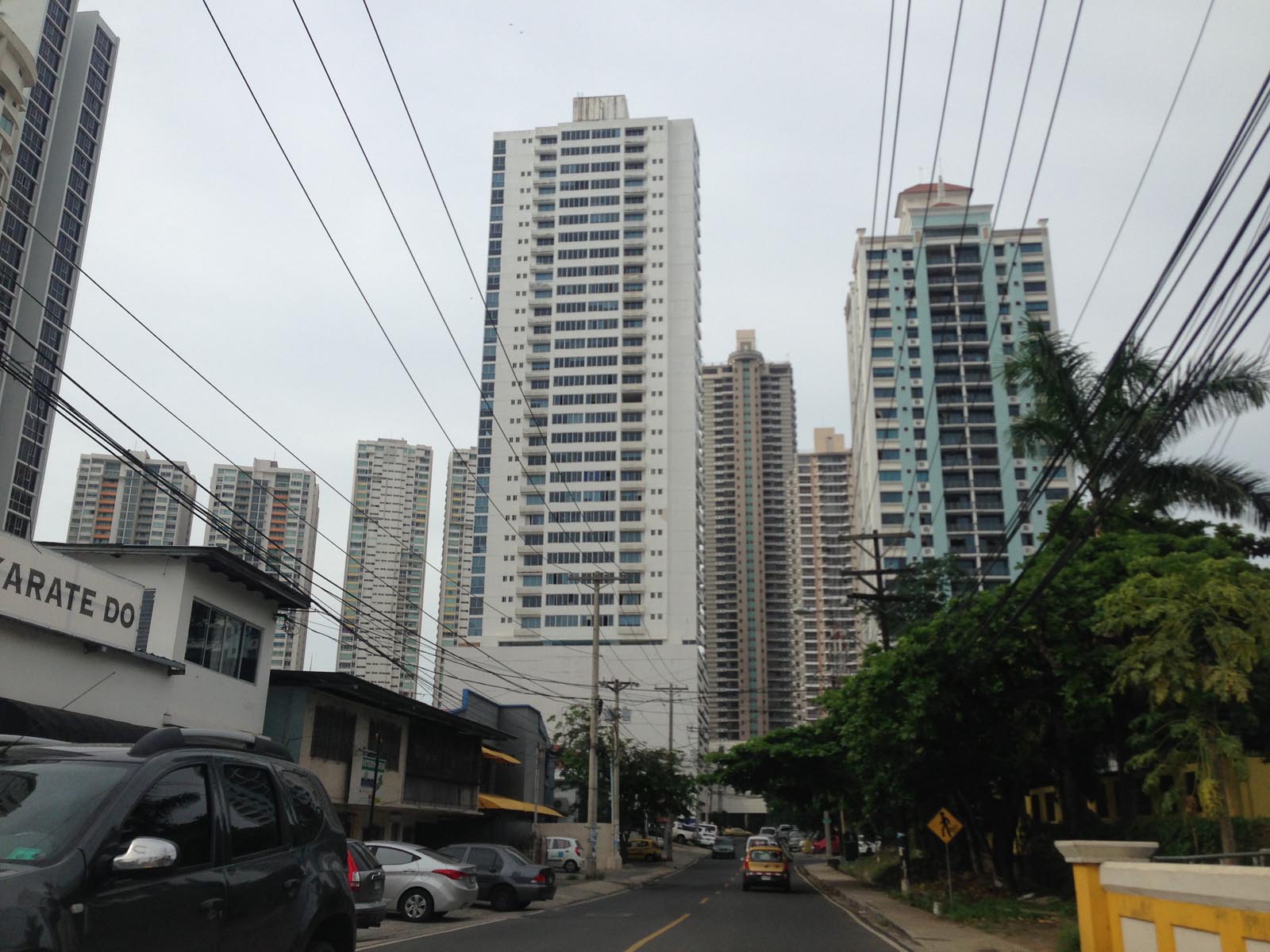
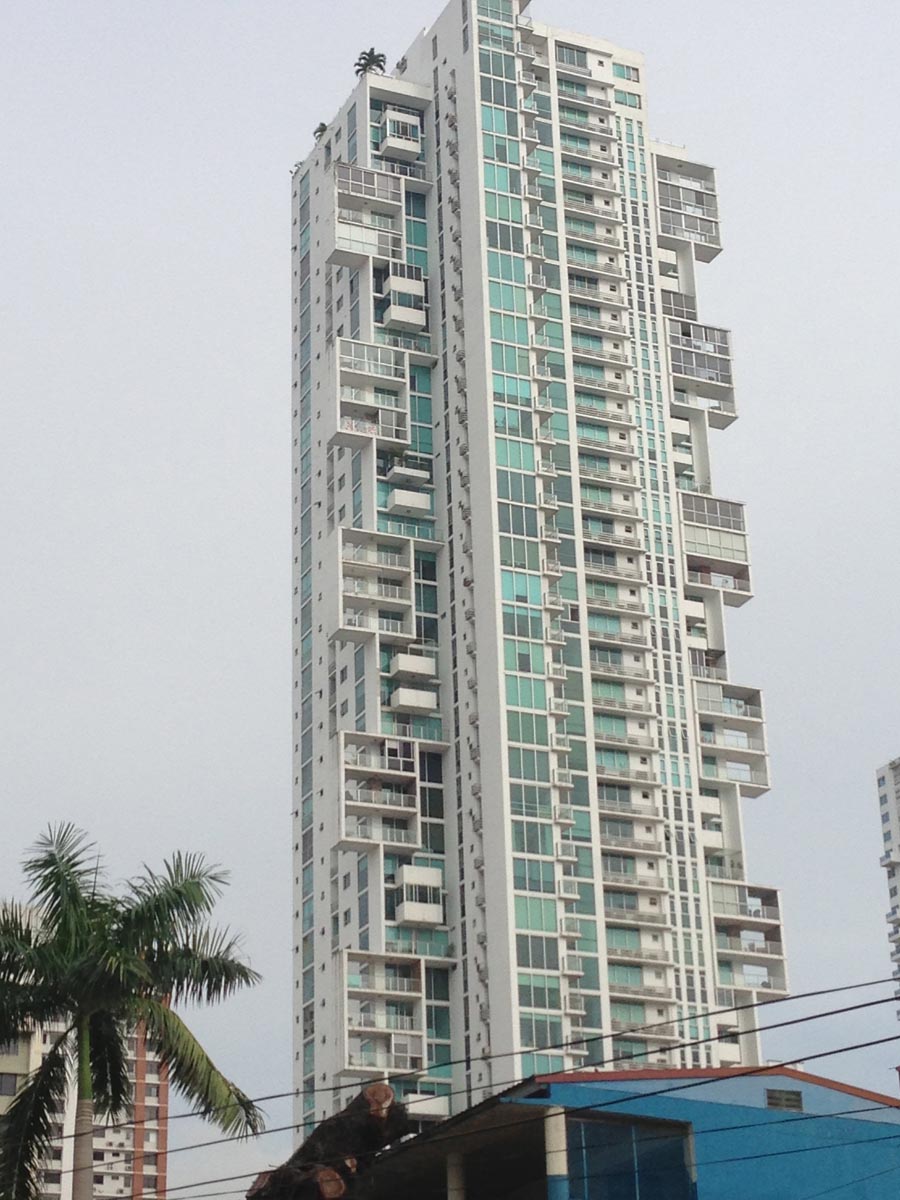
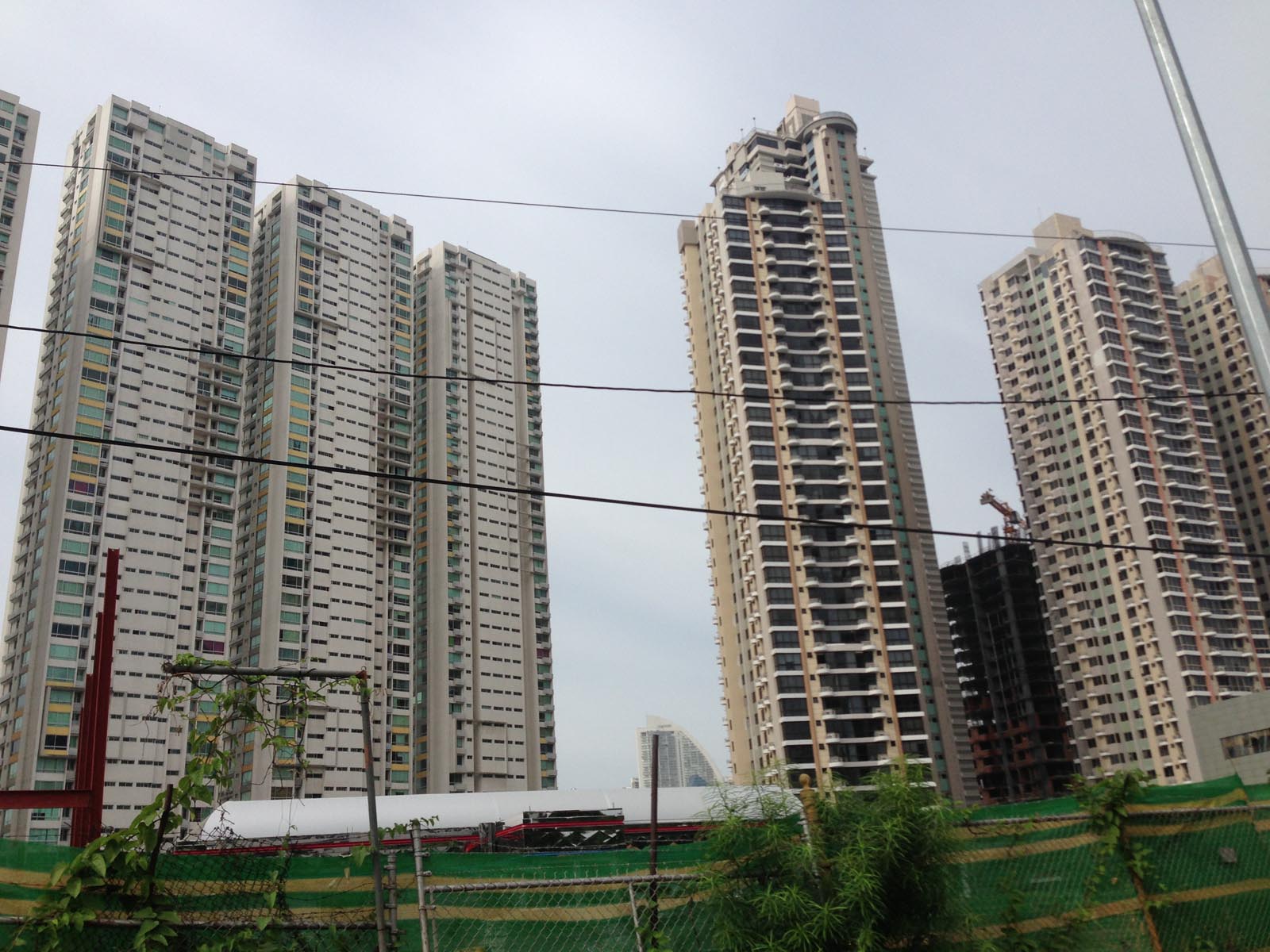

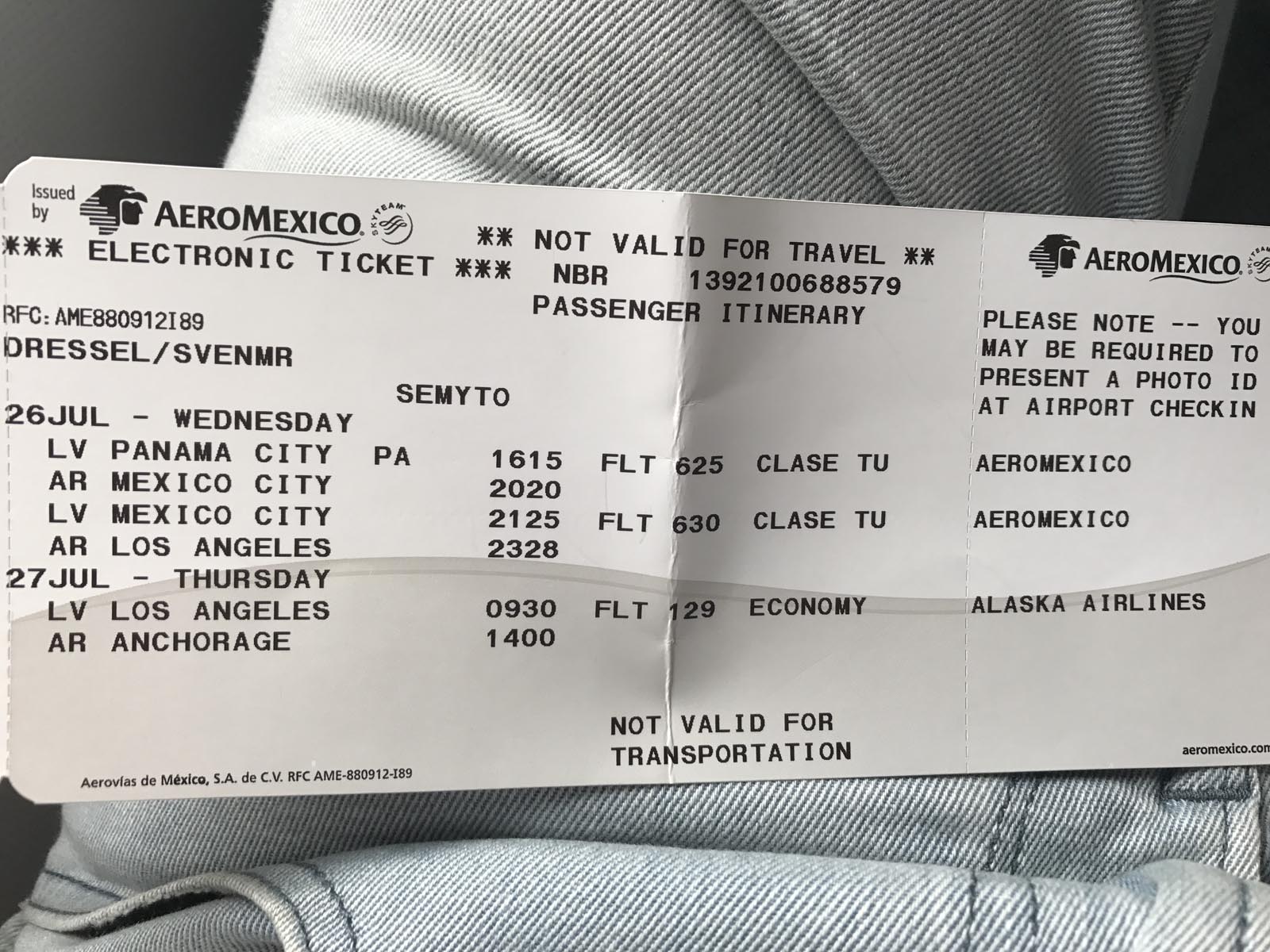
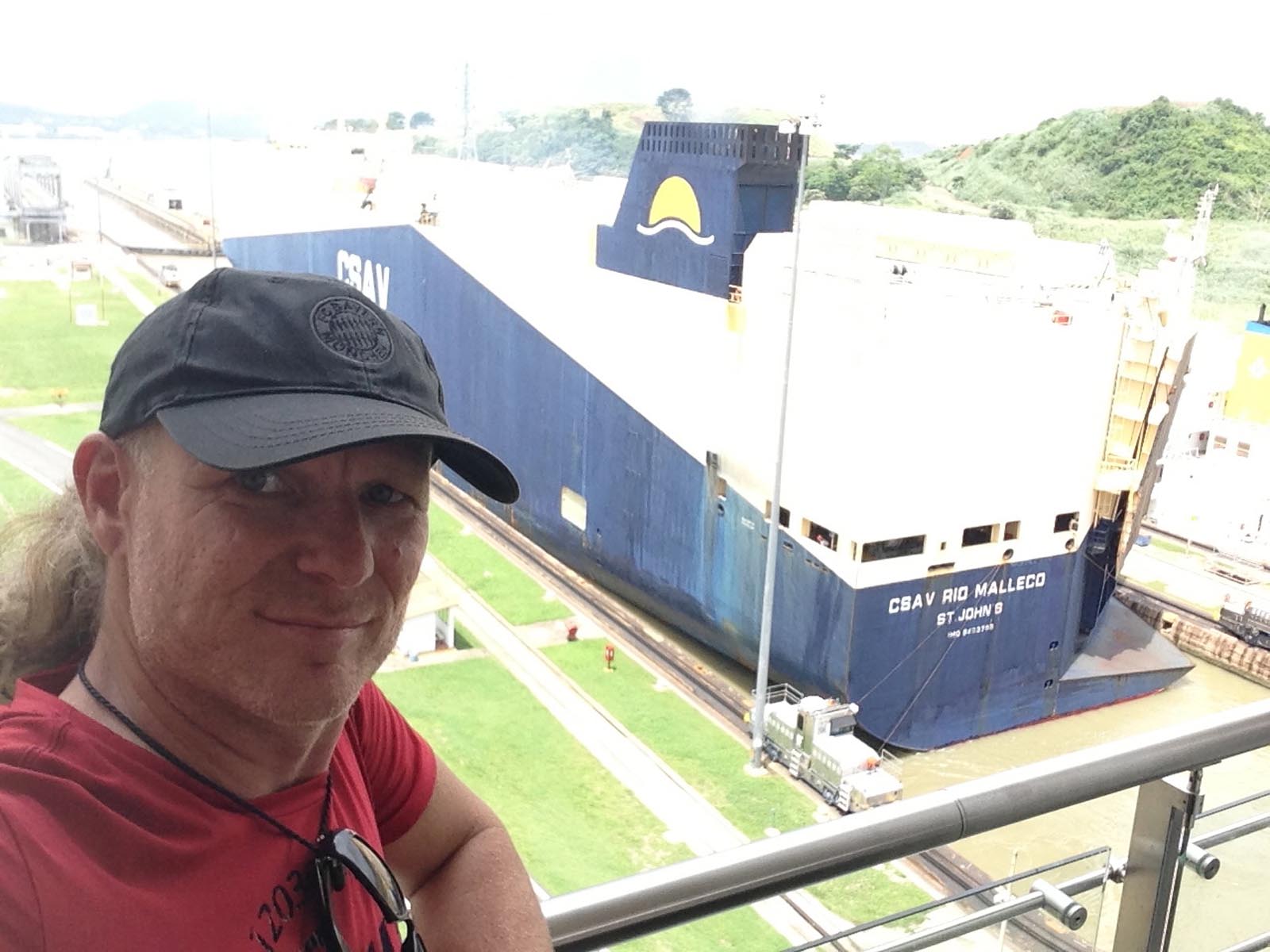
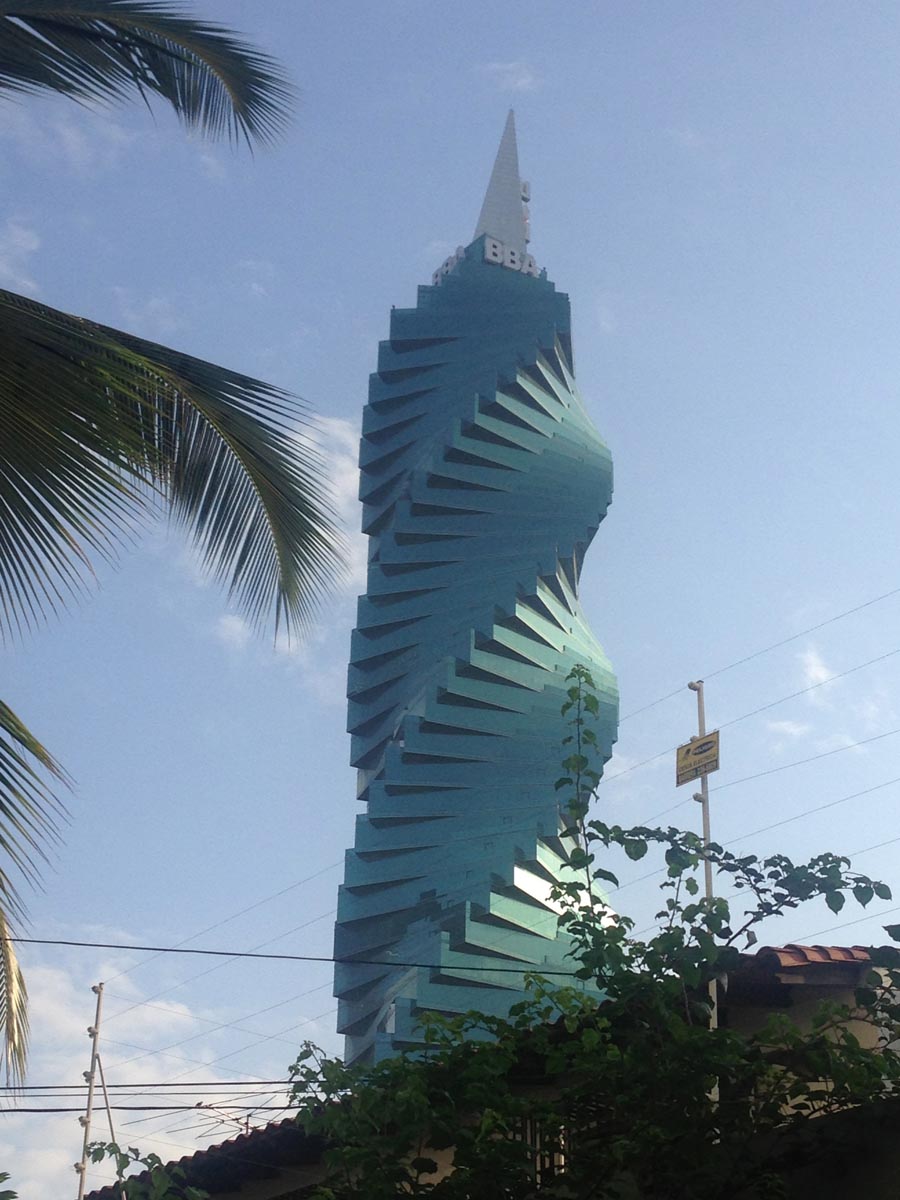
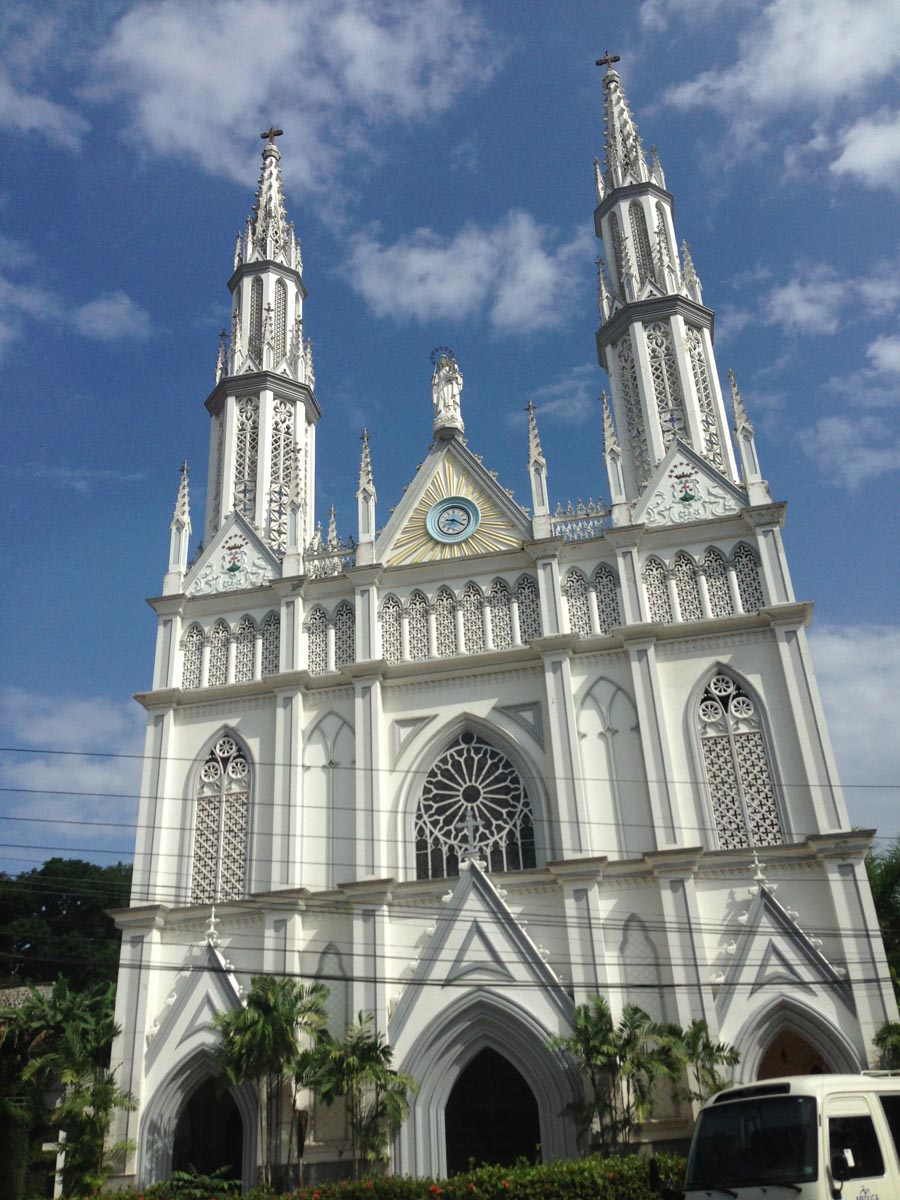
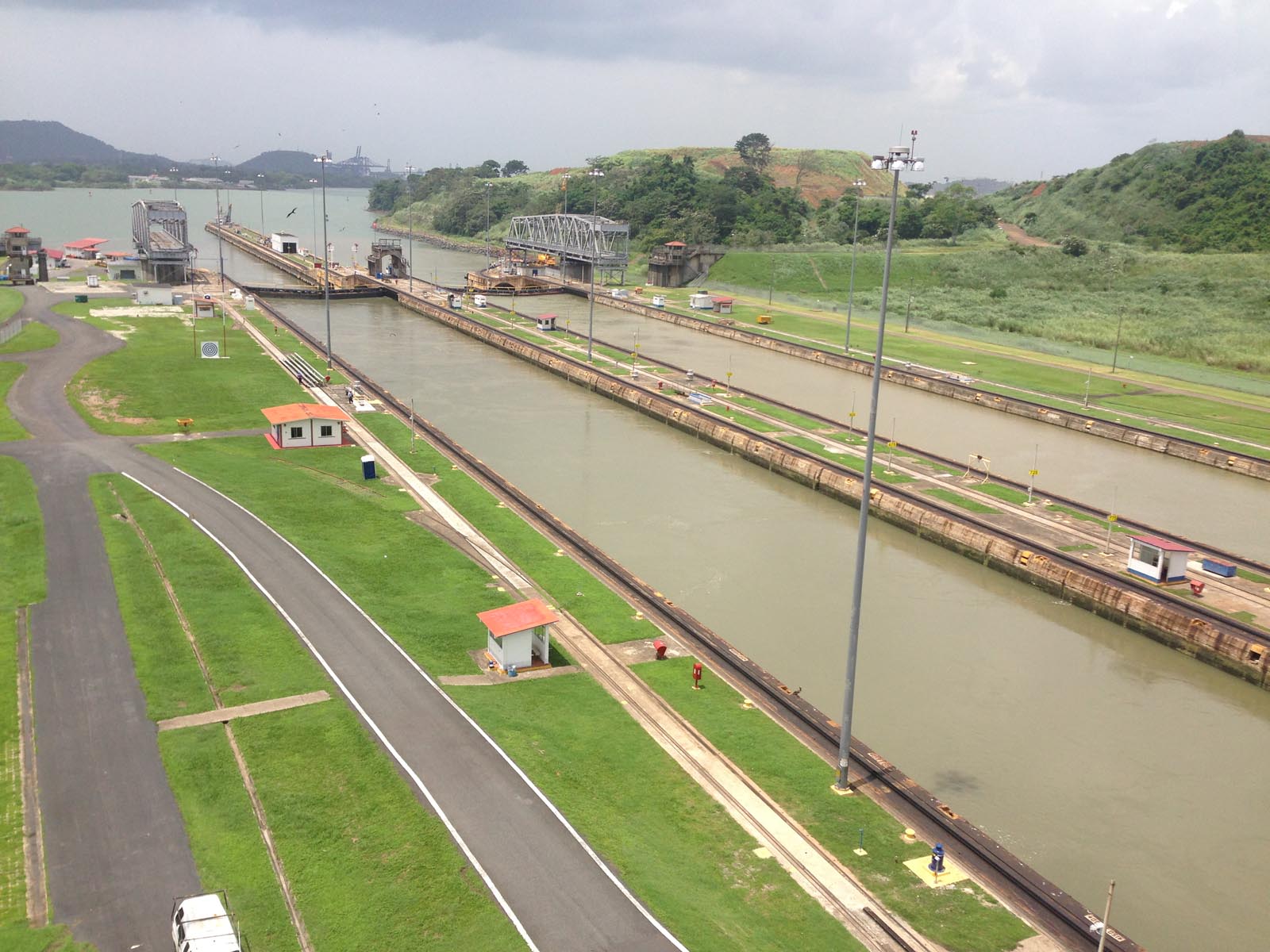
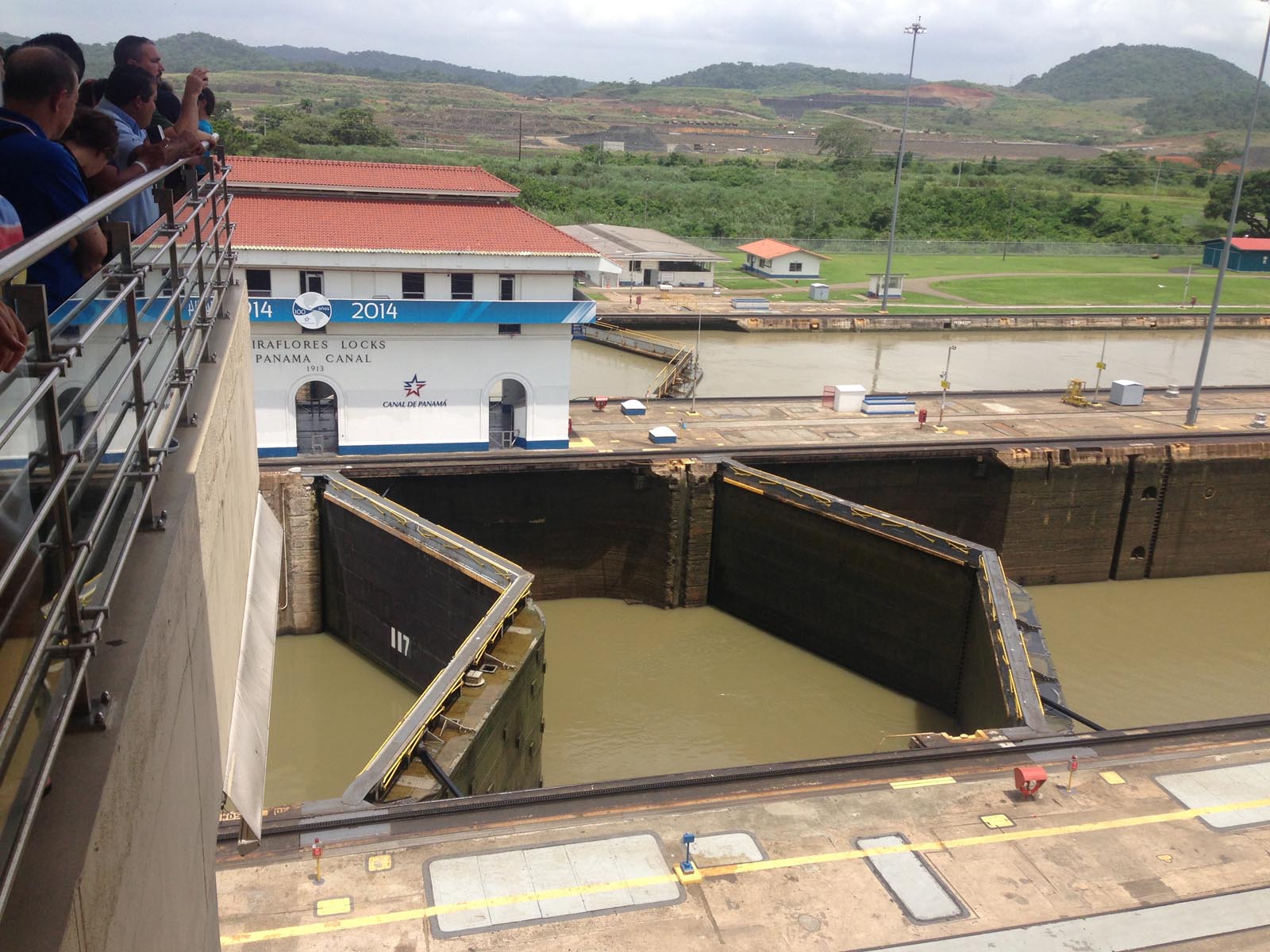
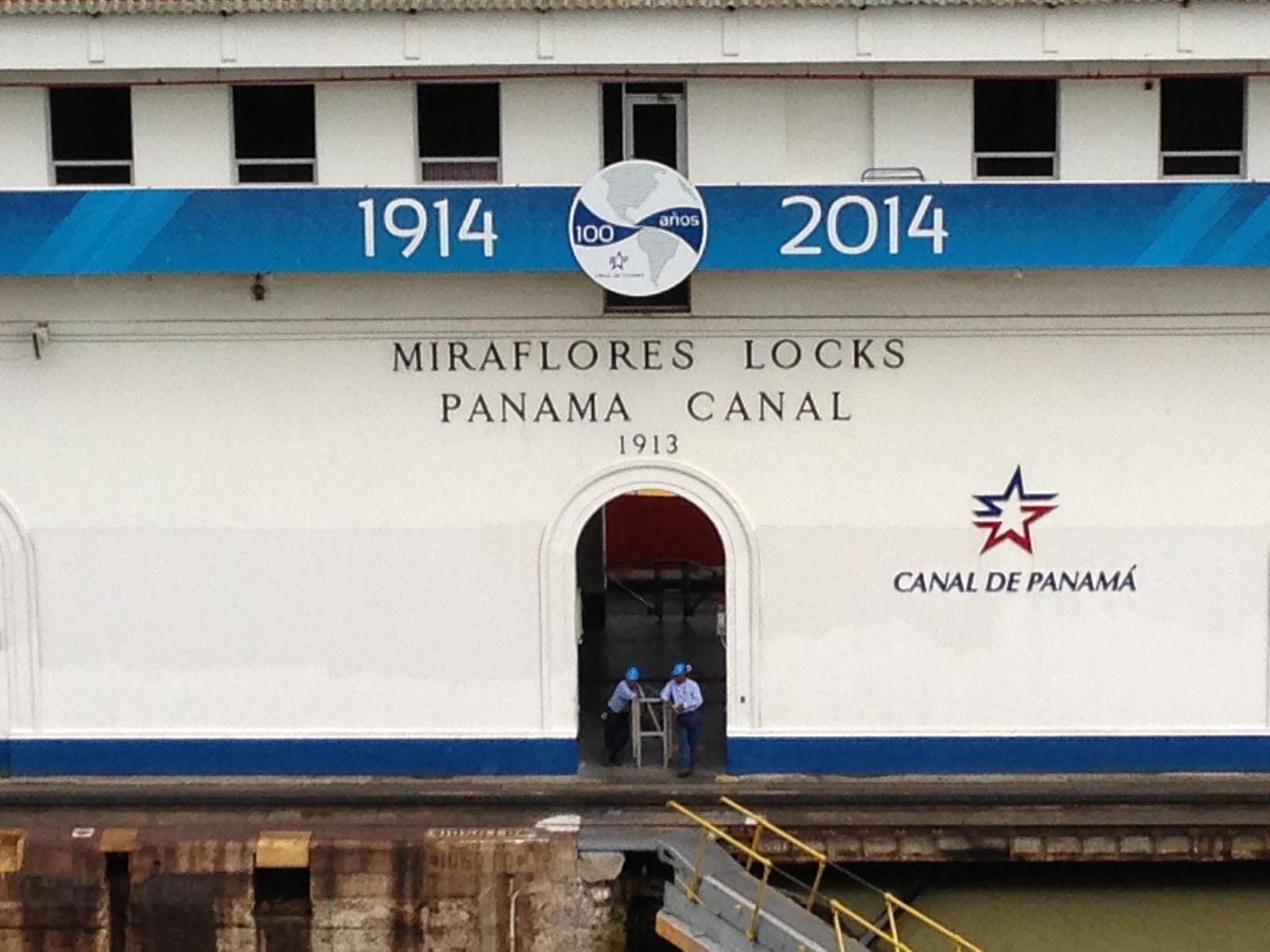
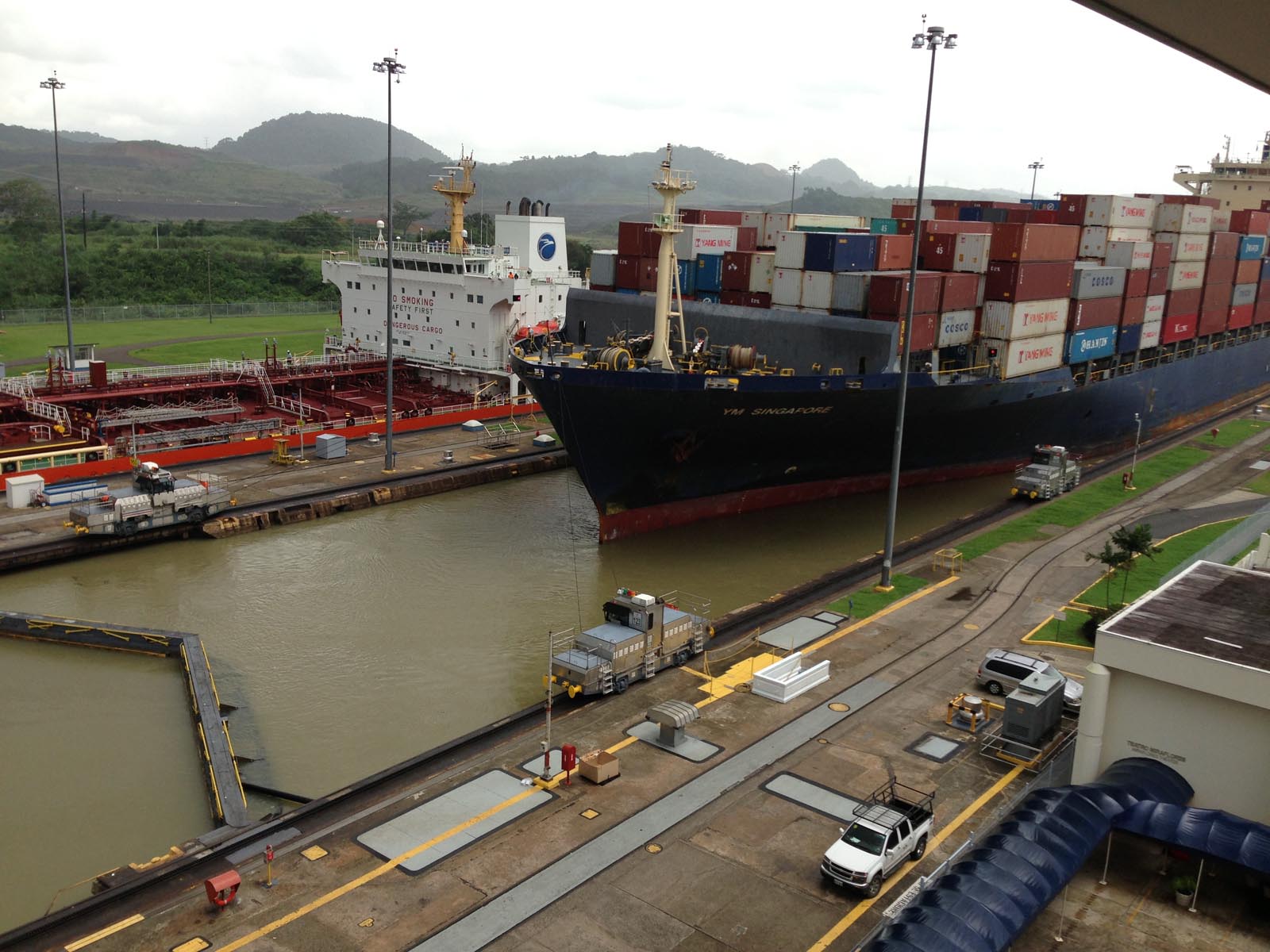

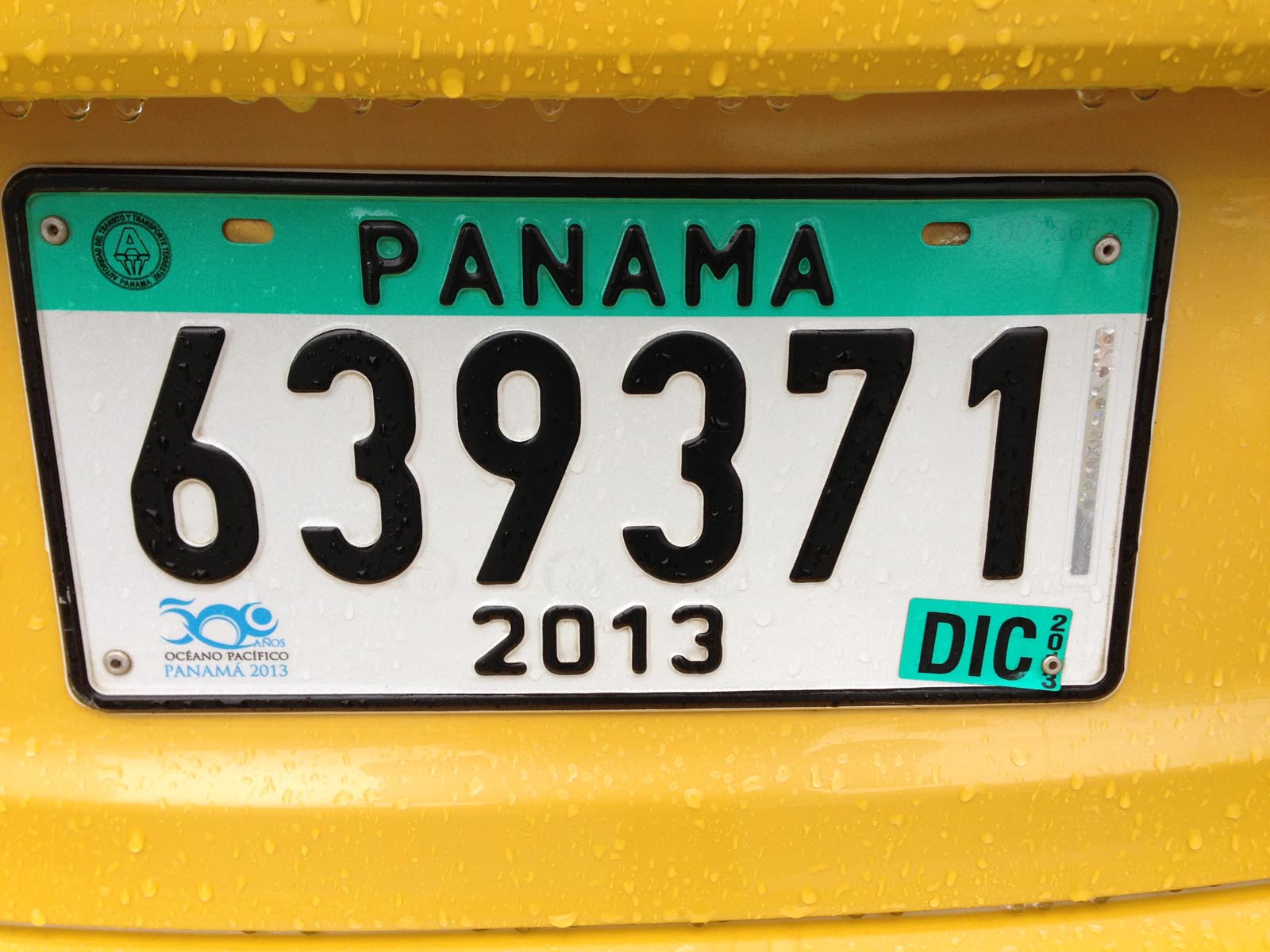
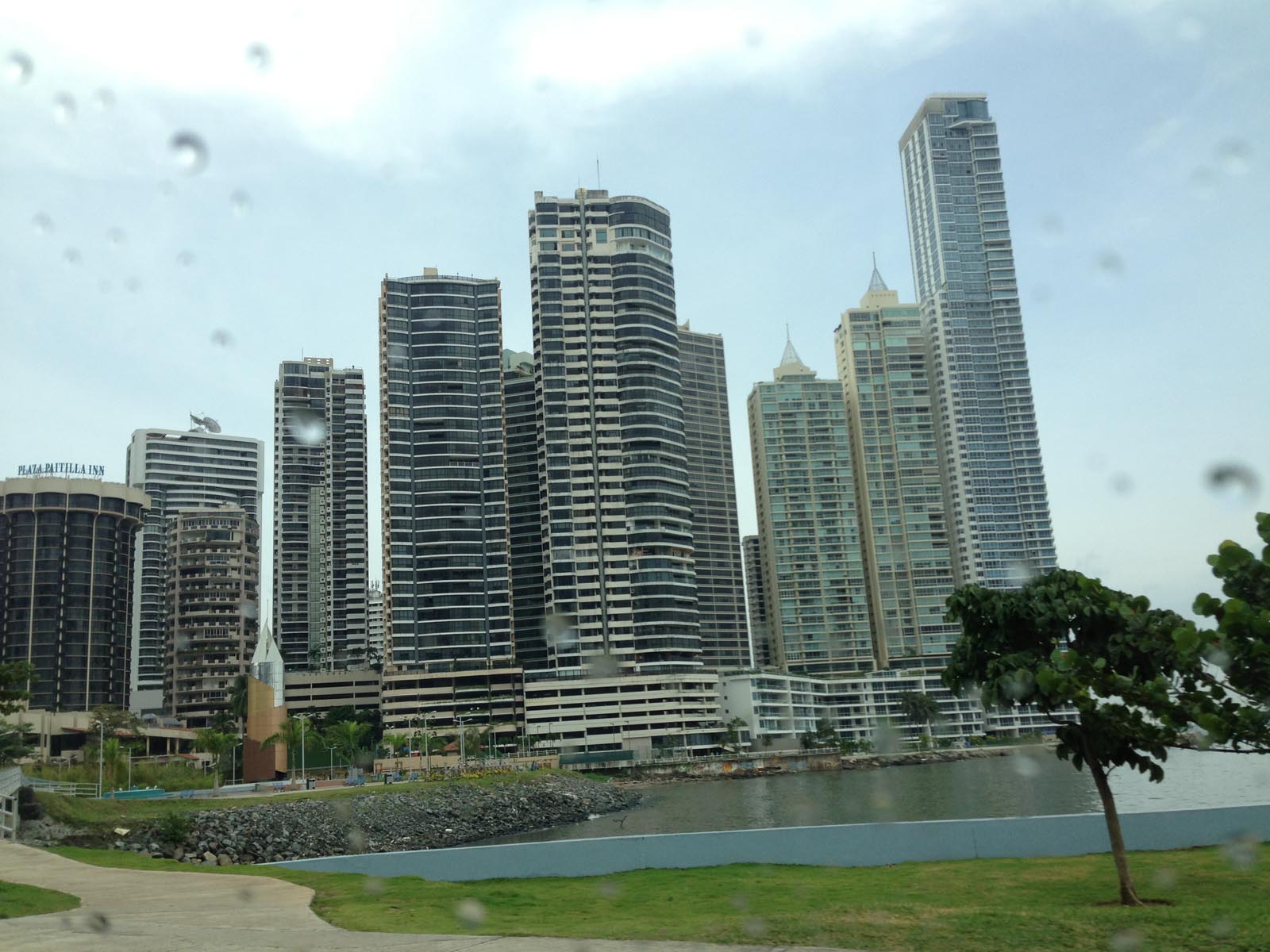
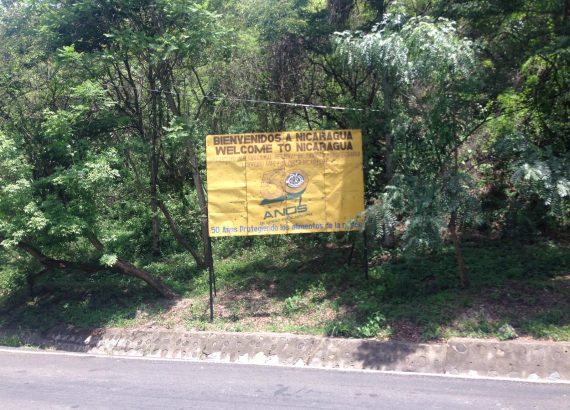
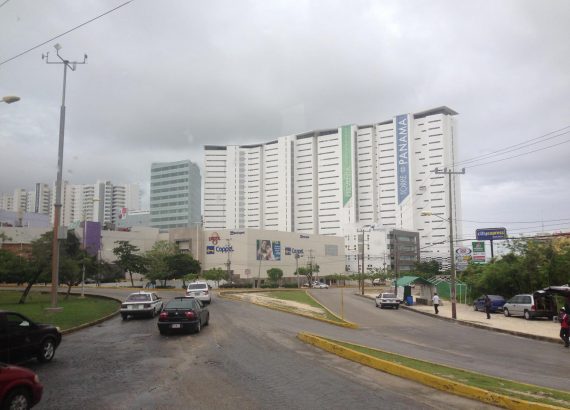
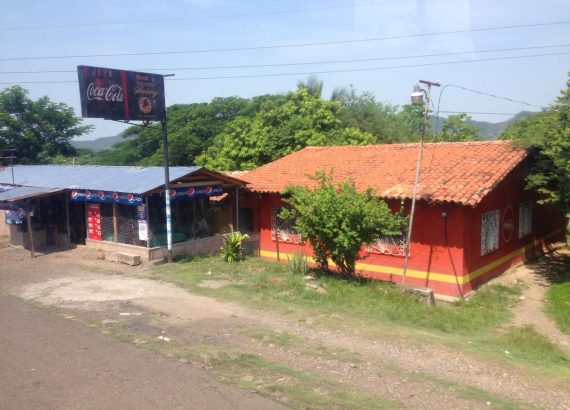
No Comments